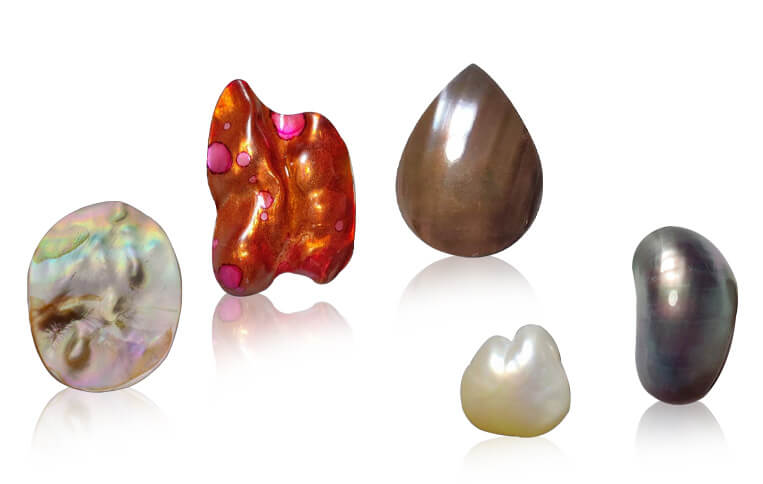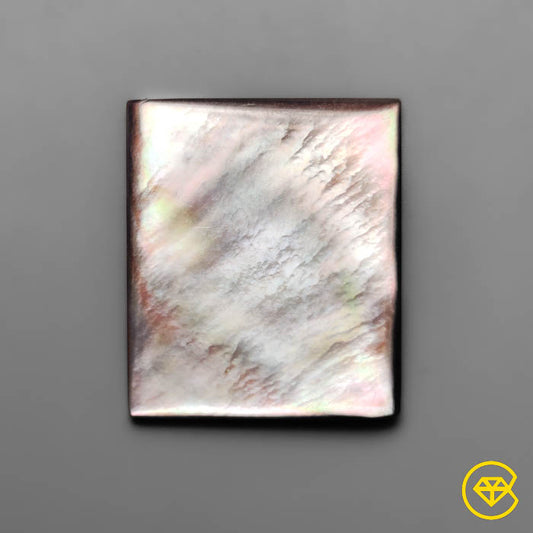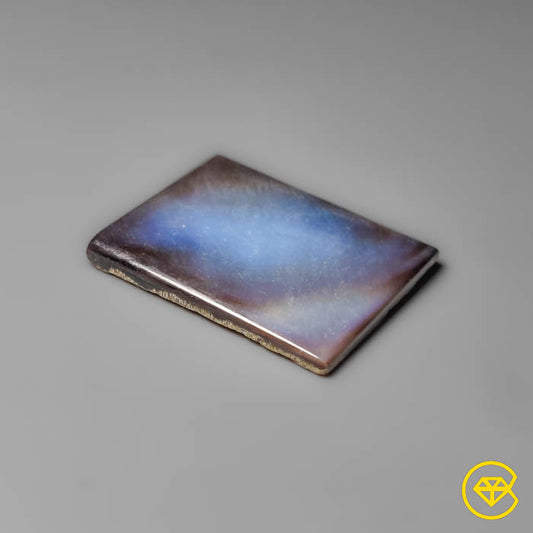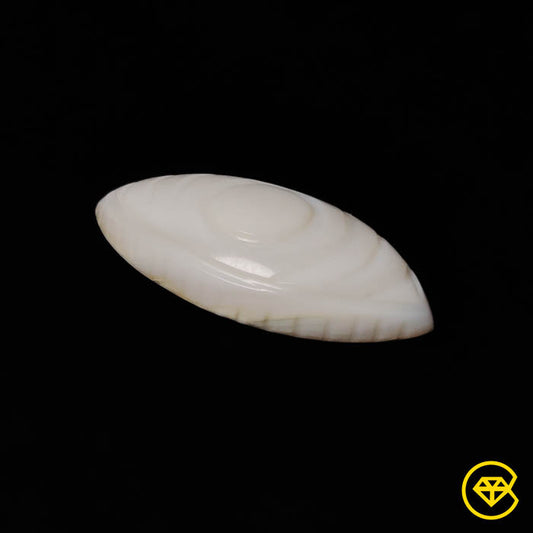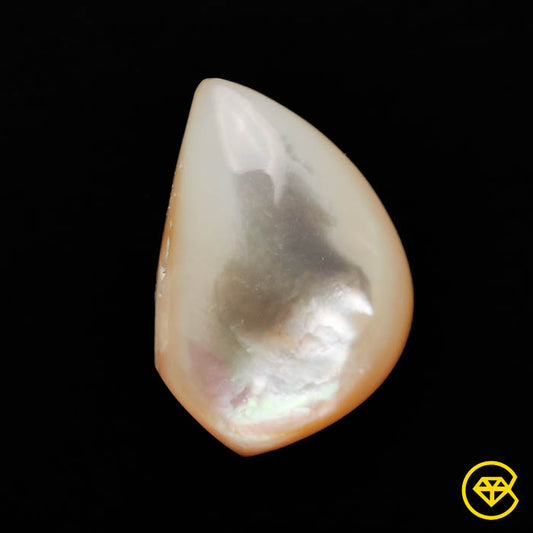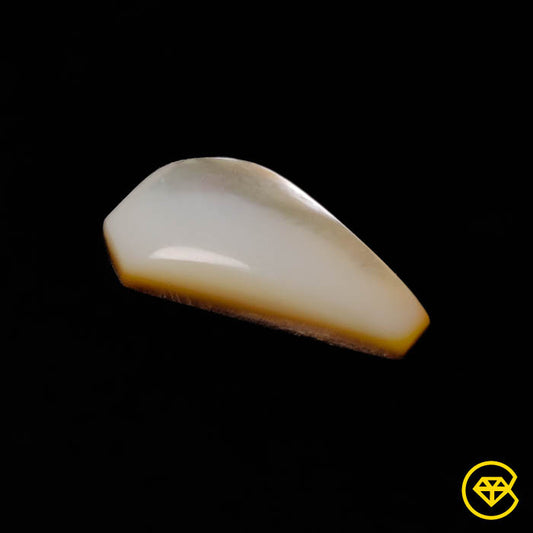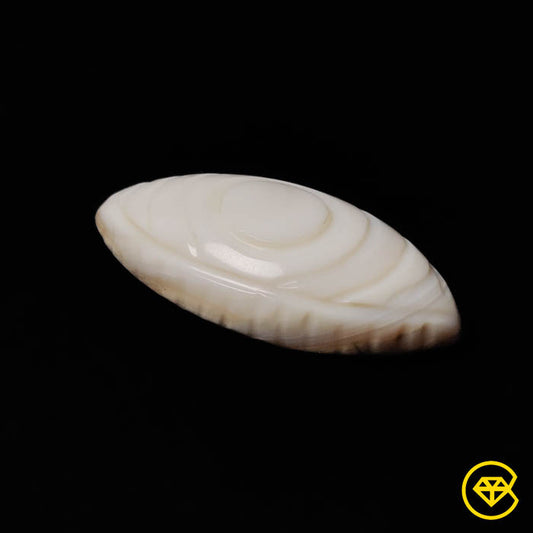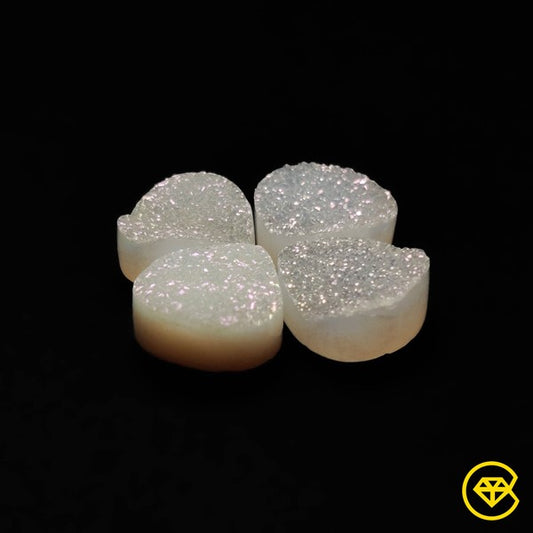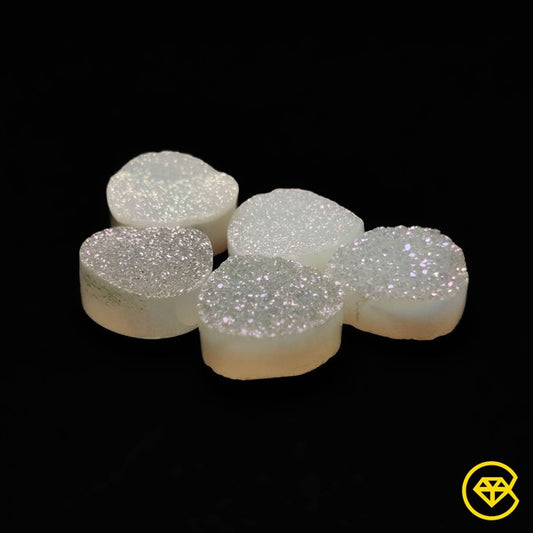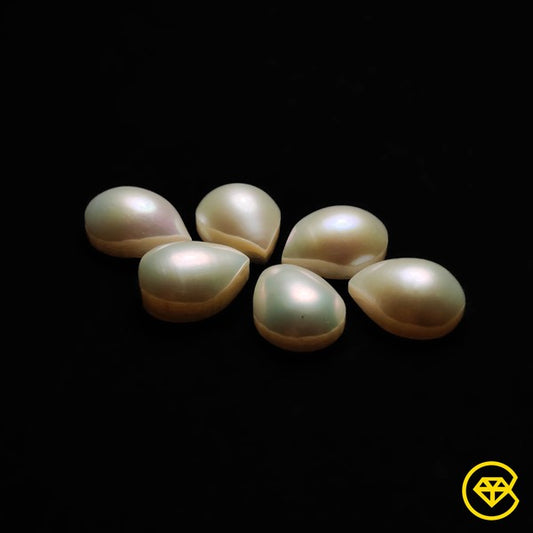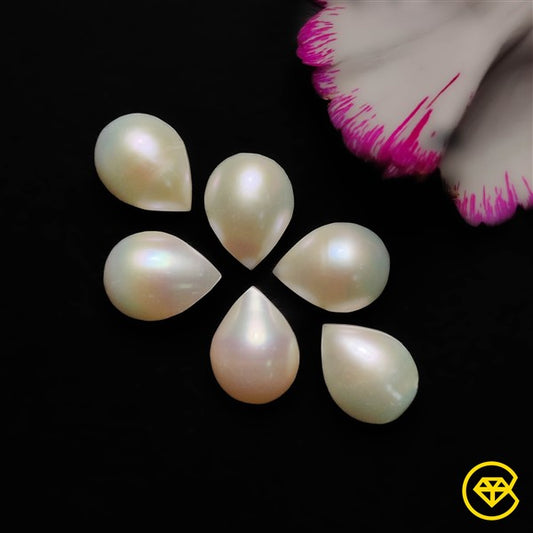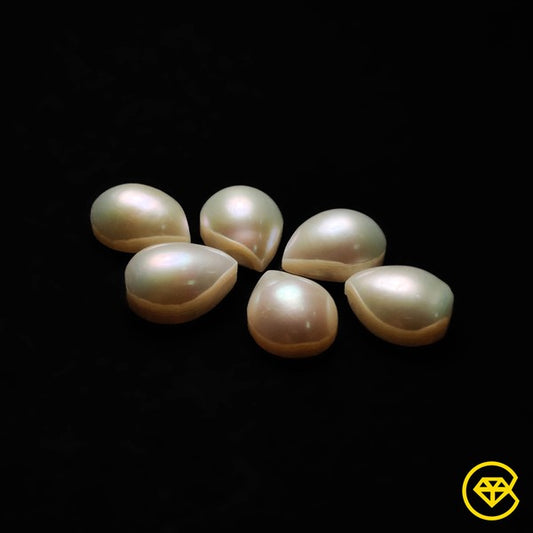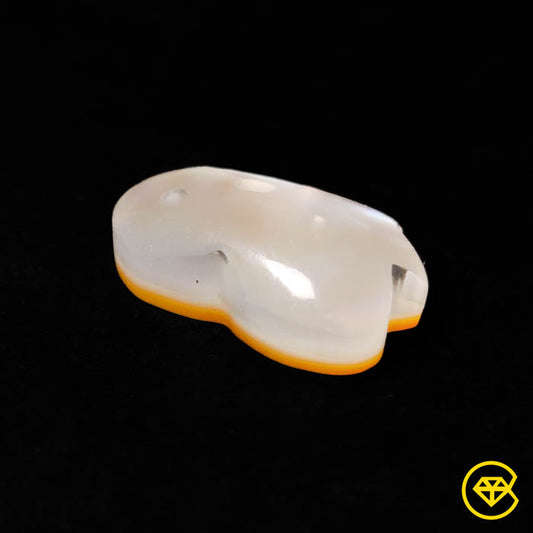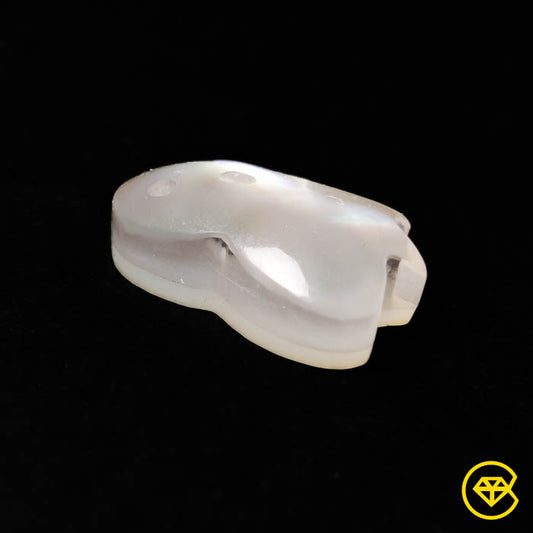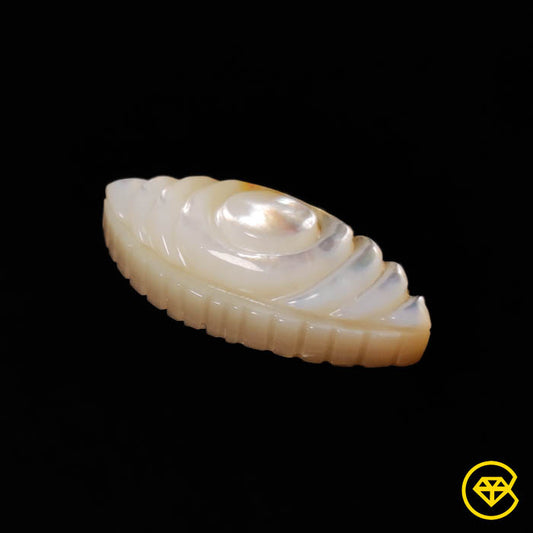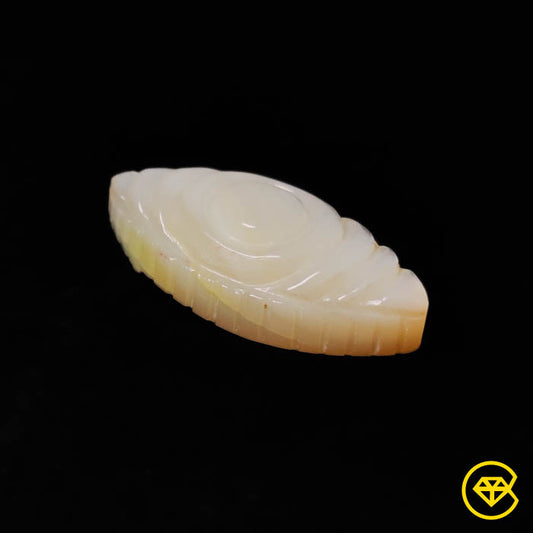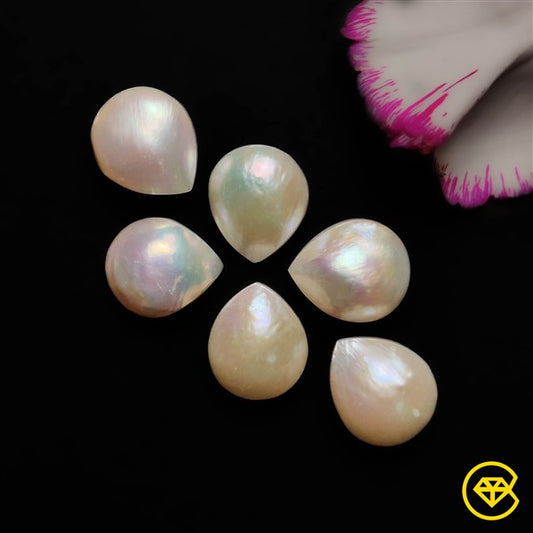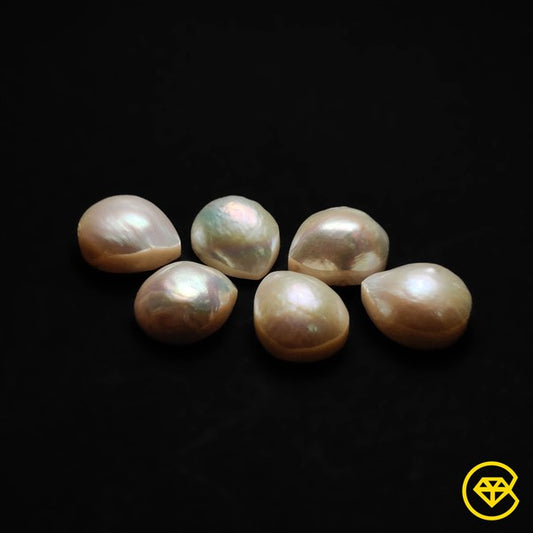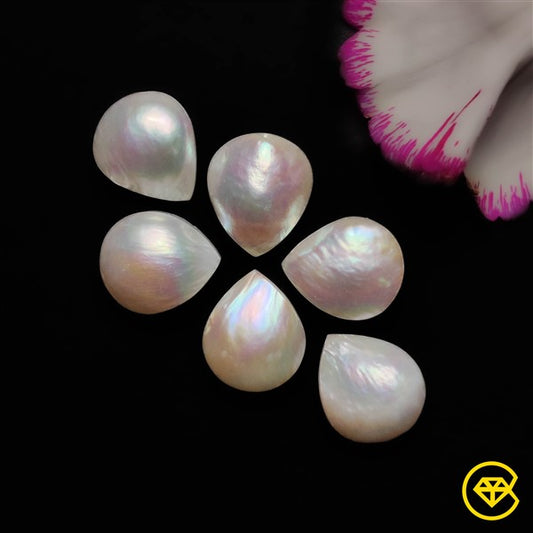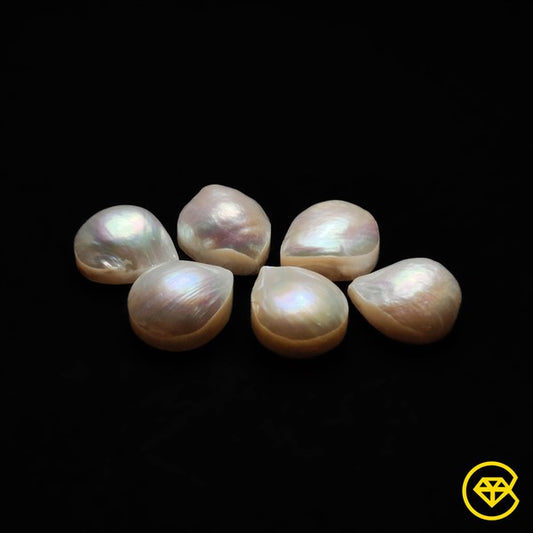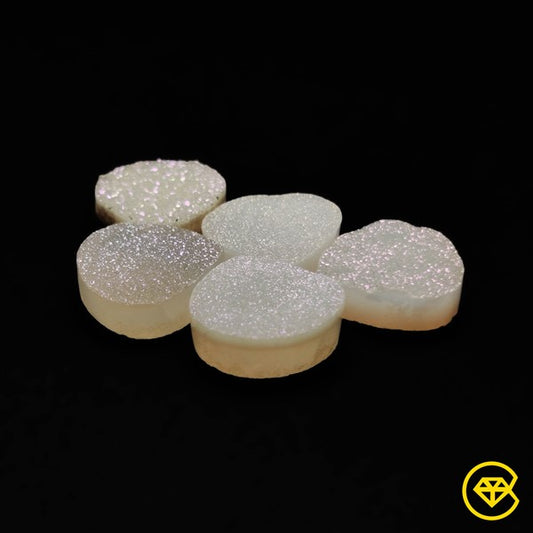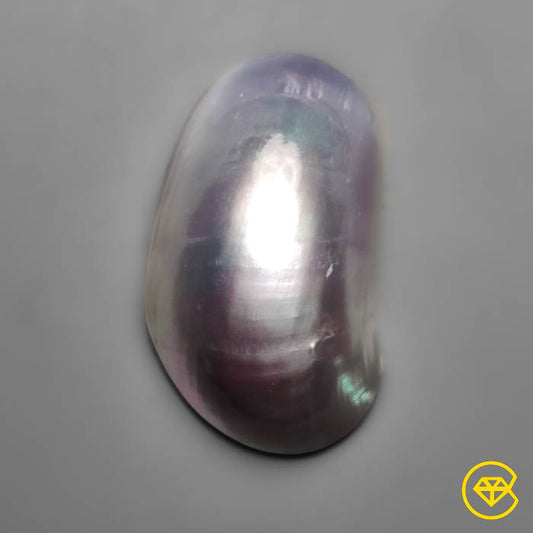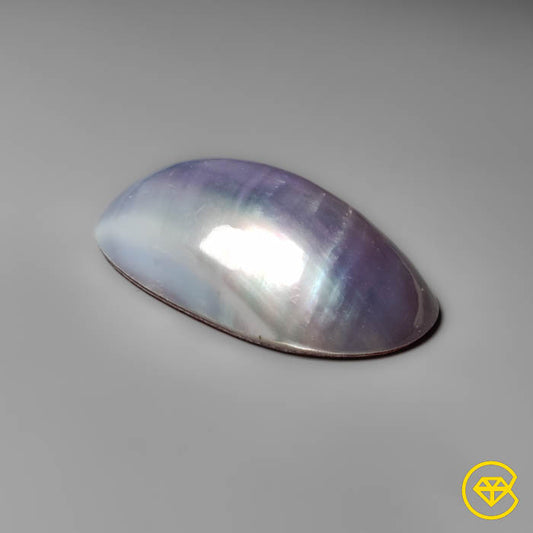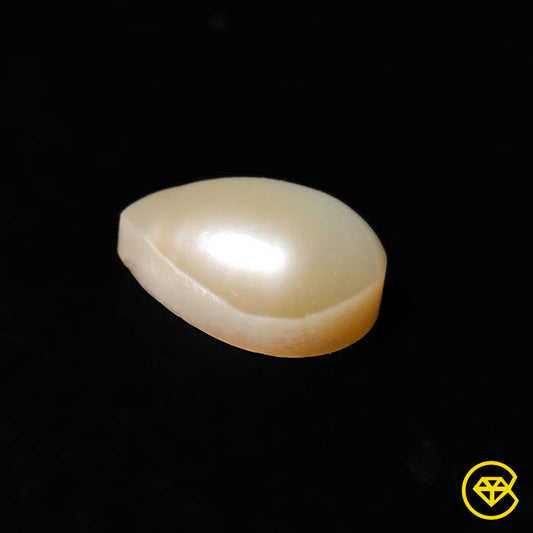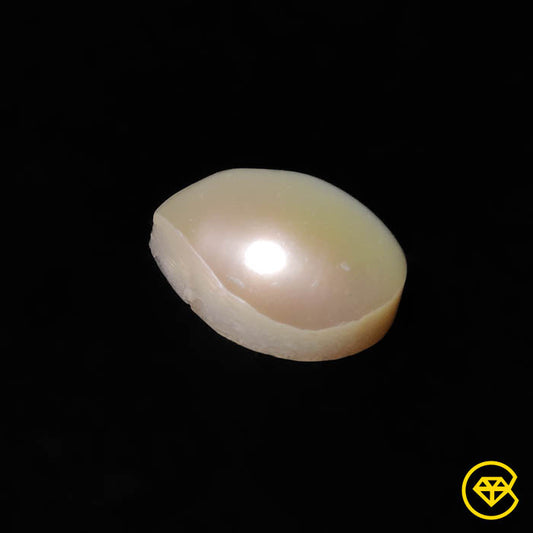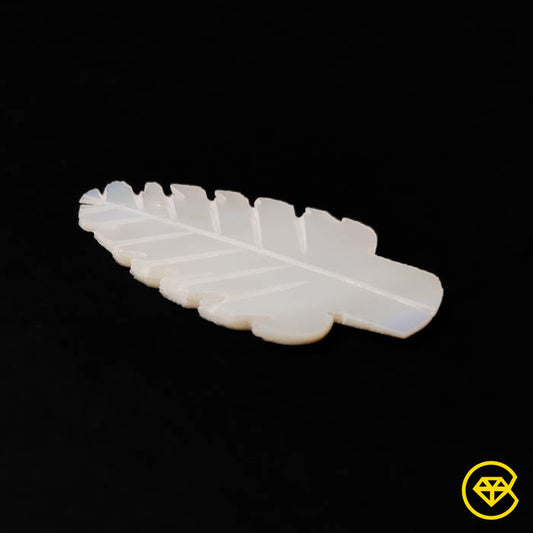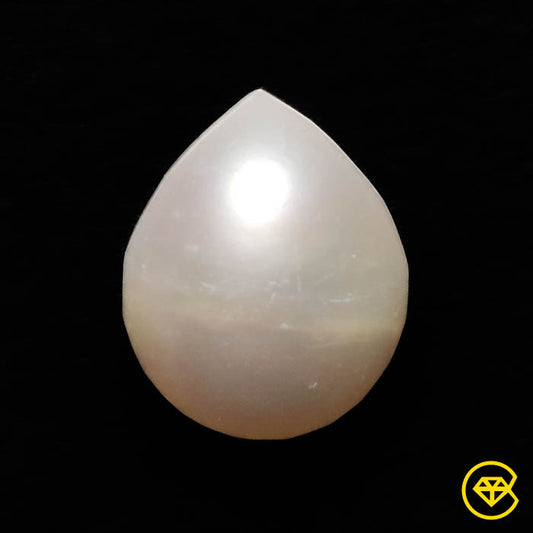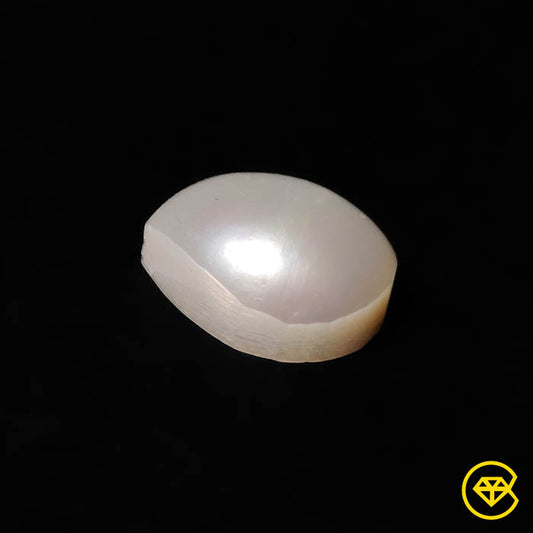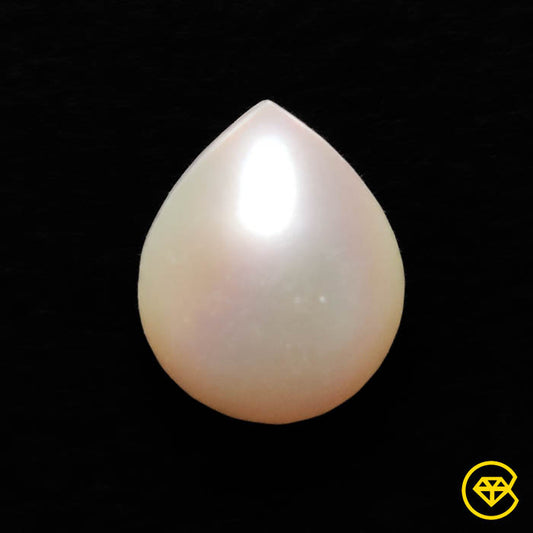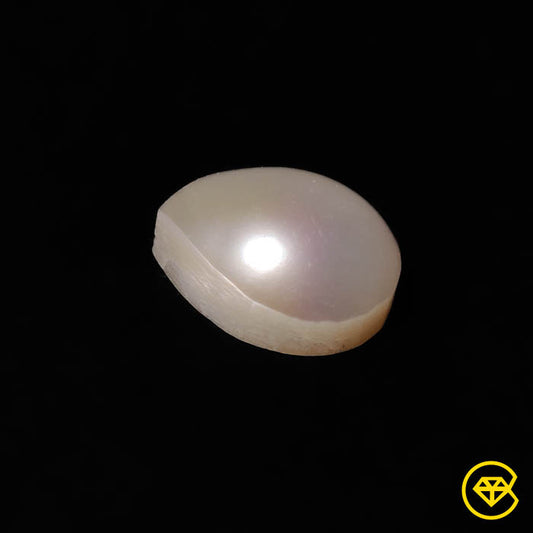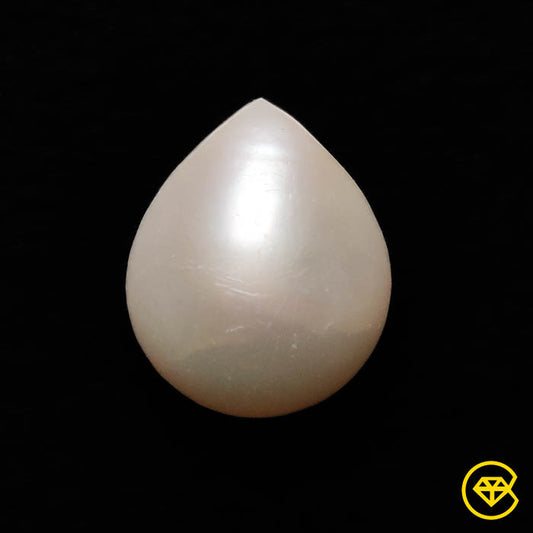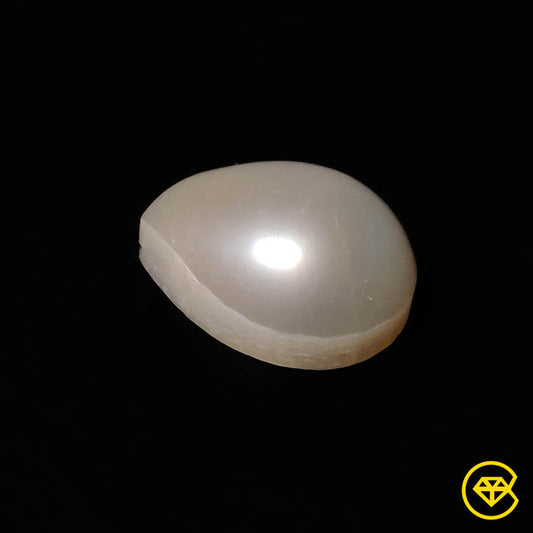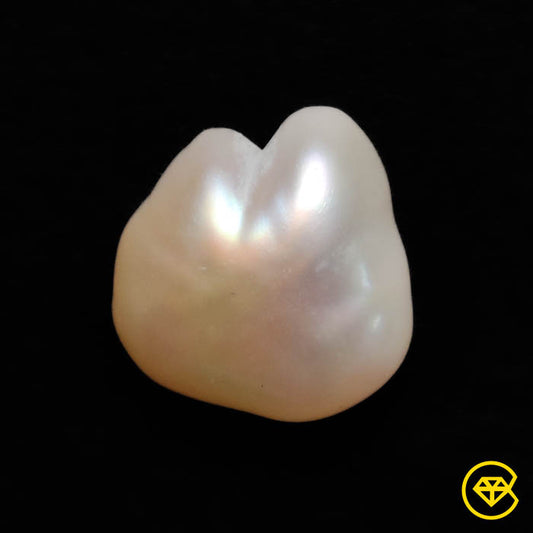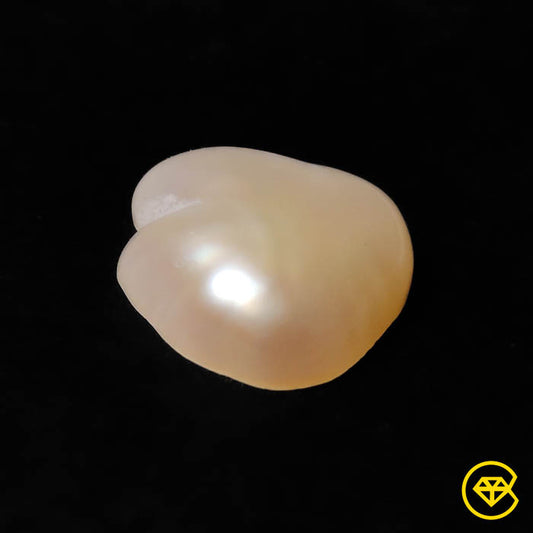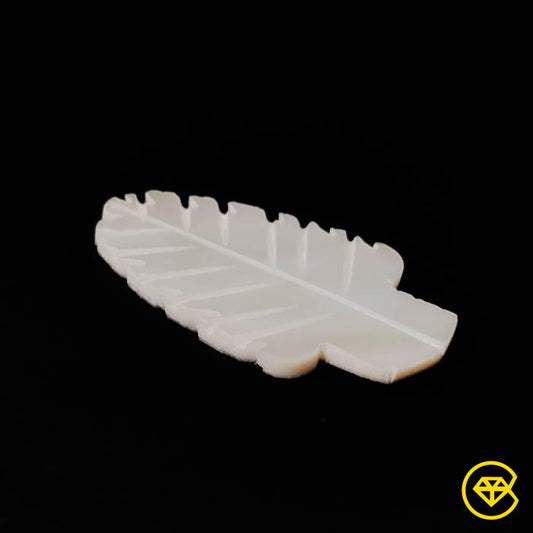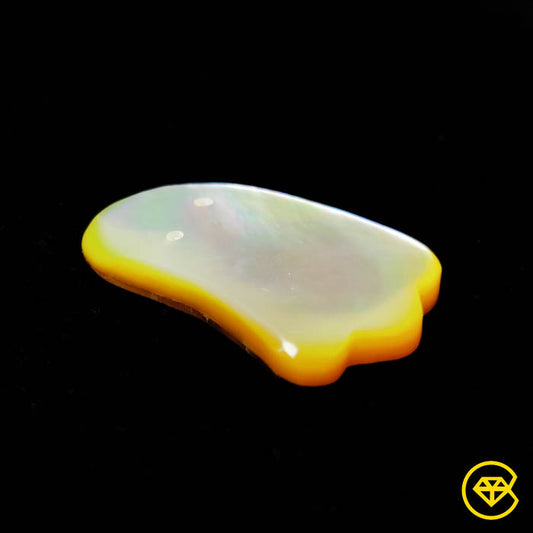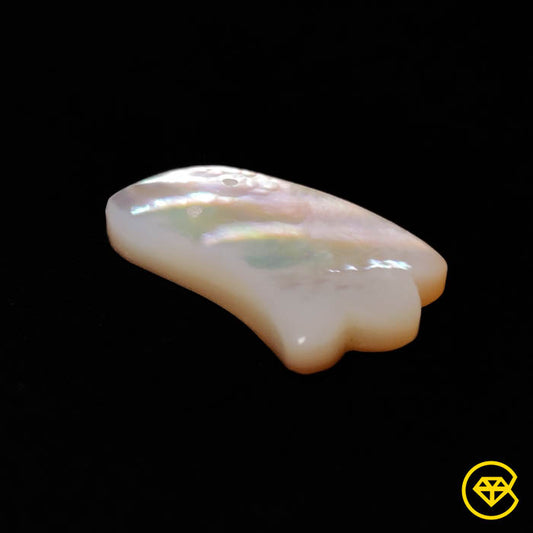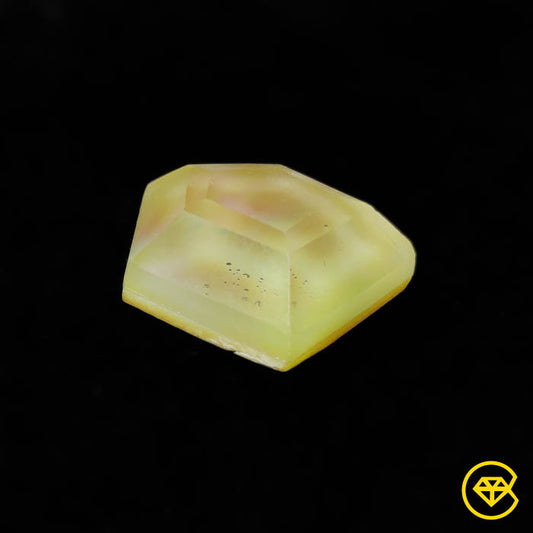-
10 carat Tahitian Black Mother Of Pearl Natural 21X18X3 mm From China
SKU: N27642Origin: ChinaRegular price $10.00 USDRegular priceUnit price per -
10 ct Mother Of Pearl Evil Eye Carving 23X12X5 mm From China
SKU: N27359Origin: ChinaRegular price $14.00 USDRegular priceUnit price per -
11 carat Mother Of Pearl With Himalayan Quartz Gost Carving Doublet Assembled 18X13X6 mm From India
SKU: N29004Origin: IndiaRegular price $12.00 USDRegular priceUnit price per -
12 carat Mother Of Pearl Cabochon Natural 22X15X5 mm From China
SKU: N27761Origin: ChinaRegular price $8.00 USDRegular priceUnit price per -
12 carat Mother Of Pearl Coffin Carving Natural 23X15X5 mm From China
SKU: N27639Origin: ChinaRegular price $12.00 USDRegular priceUnit price per -
12 carat Tahitian Black Mother Of Pearl Natural 17X17X4 mm From China
SKU: N27644Origin: ChinaRegular price $8.00 USDRegular priceUnit price per -
12 ct Mother Of Pearl Evil Eye Carving 24X12X5 mm From China
SKU: N27358Origin: ChinaRegular price $14.00 USDRegular priceUnit price per -
12X12 mm Pearlshine Druzy Calibrated Lot
SKU: N23221Origin: South AfricaRegular price $14.00 USDRegular priceUnit price per -
12X12 mm Pearlshine Druzy Calibrated Lot
SKU: N23224Origin: South AfricaRegular price $18.00 USDRegular priceUnit price per -
12X9 mm Freshwater Pearls Teardrop Calibrated Lot
SKU: N23601Origin: ChinaRegular price $32.00 USDRegular priceUnit price per -
12X9 mm Freshwater Pearls Teardrop Calibrated Lot
SKU: N23606Origin: ChinaRegular price $28.00 USDRegular priceUnit price per -
13 carat Mother Of Pearl With Himalayan Quartz Gost Carving Doublet Assembled 19X13X6 mm From China,India
SKU: N29008Origin: China,IndiaRegular price $12.00 USDRegular priceUnit price per -
13 carat Mother Of Pearl With Himalayan Quartz Gost Carving Doublet Assembled 19X13X7 mm From China,India
SKU: N29005Origin: China,IndiaRegular price $12.00 USDRegular priceUnit price per -
13 carat Mother Of Pearl With Himalayan Quartz Gost Carving Doublet Assembled 20X14X7 mm From India
SKU: N29007Origin: IndiaRegular price $12.00 USDRegular priceUnit price per -
14 carat Mother Of Pearl Evil Eye Carving Natural 24X12X7 mm From China
SKU: N27759Origin: ChinaRegular price $12.00 USDRegular priceUnit price per -
14 carat Mother Of Pearl Evil Eye Carving Natural 24X12X7 mm From China
SKU: N27760Origin: ChinaRegular price $12.00 USDRegular priceUnit price per -
14 carat Mother Of Pearl With Himalayan Quartz Gost Carving Doublet Assembled 19X14X7 mm From China,India
SKU: N29006Origin: China,IndiaRegular price $12.00 USDRegular priceUnit price per -
14X12 mm Rare Large Freshwater Pearls Teardrop Calibrated Lot
SKU: N23604Origin: ChinaRegular price $54.00 USDRegular priceUnit price per -
14X12 mm Rare Large Freshwater Pearls Teardrop Calibrated Lot
SKU: N23610Origin: ChinaRegular price $48.00 USDRegular priceUnit price per -
15 Carat Trapiche Amethyst With Mother Of Pearl Doublet 23X23X5 mm From Brazil,China
SKU: N26927Origin: Brazil,ChinaRegular price $12.00 USDRegular priceUnit price per -
15X15 mm Pearlshine Druzy Calibrated Lot
SKU: N23223Origin: South AfricaRegular price $18.00 USDRegular priceUnit price per -
17 carat Mother Of Pearl Moonface Crescent Carving Natural 28X21X4 mm From China
SKU: N27758Origin: ChinaRegular price $16.00 USDRegular priceUnit price per -
27 Carat 925 Silver Bull Inlay in Tahitian Rainbow Mother Of Pearl 35X35X3 mm From China
SKU: N26915Origin: ChinaRegular price $24.00 USDRegular priceUnit price per -
28 carat Mabe Pearl Natural 41X23X13 mm From China
SKU: N27604Origin: ChinaRegular price $15.00 USDRegular priceUnit price per -
4 carat Freshwater Pearl (Flat Back) Natural 12X10X5 mm From China
SKU: N27599Origin: ChinaRegular price $7.00 USDRegular priceUnit price per -
4 Carat Freshwater Pearl 12X10X5 mm From China
SKU: N26906Origin: ChinaRegular price $8.00 USDRegular priceUnit price per -
4 carat Mother Of Pearl Leaf Carving Natural 26X16X1 mm From China
SKU: N27757Origin: ChinaRegular price $8.00 USDRegular priceUnit price per -
5 Carat Freshwater Pearl 12X10X5 mm From China
SKU: N26903Origin: ChinaRegular price $8.00 USDRegular priceUnit price per -
5 Carat Freshwater Pearl 12X10X5 mm From China
SKU: N26905Origin: ChinaRegular price $8.00 USDRegular priceUnit price per -
5 Carat Freshwater Pearl 12X10X5 mm From China
SKU: N26907Origin: ChinaRegular price $8.00 USDRegular priceUnit price per -
5 carat Raw Freshwater Pearl (Flat Back) Natural 13X12X4 mm From China
SKU: N27603Origin: ChinaRegular price $8.00 USDRegular priceUnit price per -
6 carat Mother Of Pearl Leaf Carving Natural 27X16X2 mm From China
SKU: N27756Origin: ChinaRegular price $8.00 USDRegular priceUnit price per -
7 carat Mother Of Pearl Gost Carving Natural 20X13X3 mm From China
SKU: N29001Origin: ChinaRegular price $12.00 USDRegular priceUnit price per -
7 carat Mother Of Pearl Gost Carving Natural 20X13X4 mm From China
SKU: N29042Origin: ChinaRegular price $12.00 USDRegular priceUnit price per -
7 carat Step Cut Himalayan Quartz With Mother Of Pearl Doublet Assembled 13X12X5 mm From India,China
SKU: N28129Origin: India,ChinaRegular price $6.00 USDRegular priceUnit price per -
7 ct Mother Of Pearl Cloud Carving 22X12X3 mm From China
SKU: N27343Origin: ChinaRegular price $12.00 USDRegular priceUnit price per
- New Listings (25/11/2025)
- Shop by Collection
- All Gemstones
-
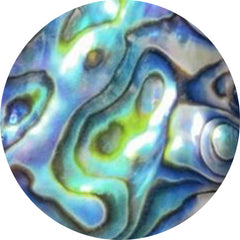 Abalone shell (122)
Abalone shell (122)
-
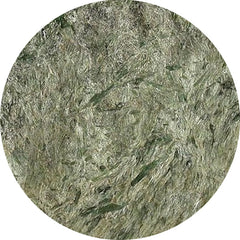 Actinolite (1)
Actinolite (1)
-
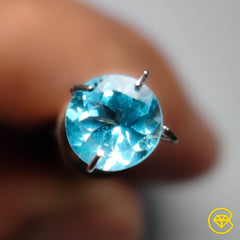 Affordable gemstones (17133)
Affordable gemstones (17133)
-
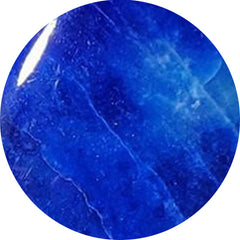 Afghanite (7)
Afghanite (7)
-
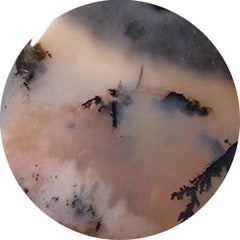 Agate (2480)
Agate (2480)
-
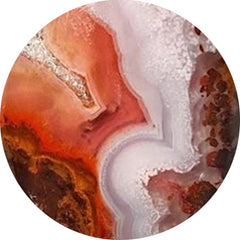 Agua nueva (11)
Agua nueva (11)
-
 All gemstones (1)
All gemstones (1)
-
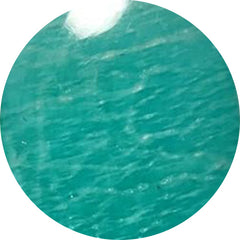 Amazonite (153)
Amazonite (153)
-
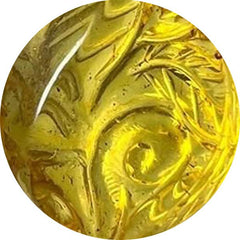 Amber (116)
Amber (116)
-
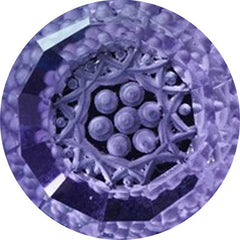 Amethyst (571)
Amethyst (571)
-
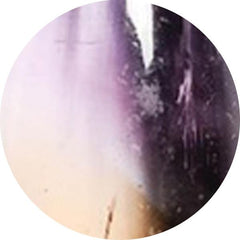 Ametrine (22)
Ametrine (22)
-
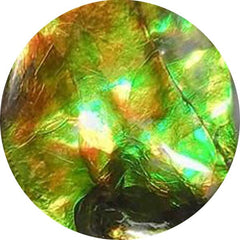 Ammolite (25)
Ammolite (25)
-
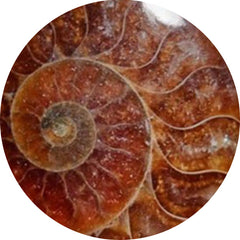 Ammonite (70)
Ammonite (70)
-
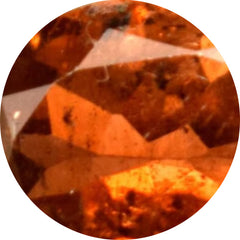 Andalusite (1)
Andalusite (1)
-
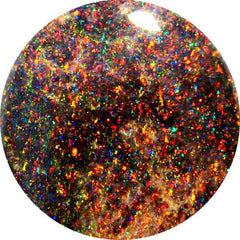 Andamooka opal (0)
Andamooka opal (0)
-
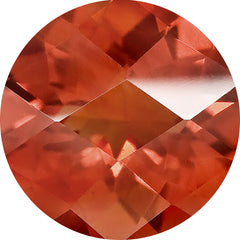 Andesine (0)
Andesine (0)
-
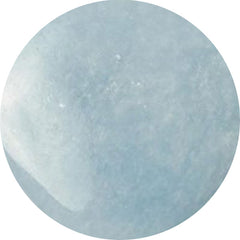 Angelite (28)
Angelite (28)
-
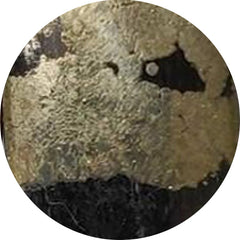 Apache gold (22)
Apache gold (22)
-
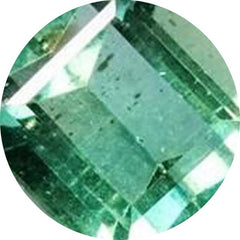 Apatite (134)
Apatite (134)
-
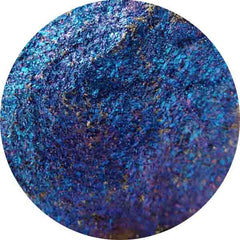 Apophyllite (1)
Apophyllite (1)
-
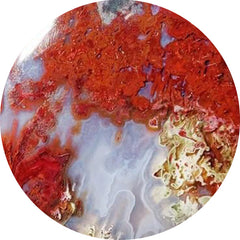 Apple valley agate (0)
Apple valley agate (0)
-
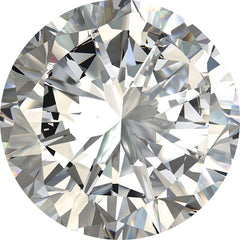 April birthstone (1844)
April birthstone (1844)
-
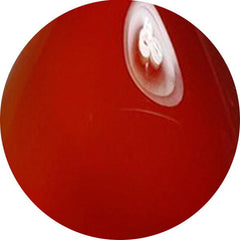 Aqeeq (0)
Aqeeq (0)
-
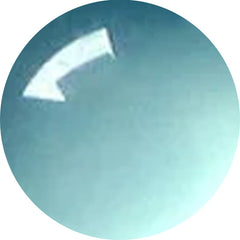 Aqua chalcedony (18)
Aqua chalcedony (18)
-
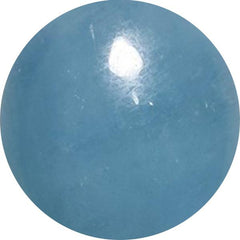 Aquamarine (77)
Aquamarine (77)
-
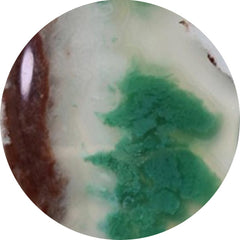 Aquaprase (64)
Aquaprase (64)
-
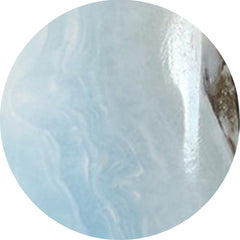 Aragonite (16)
Aragonite (16)
-
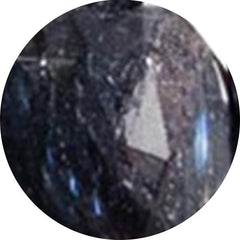 Arfvedsonite (12)
Arfvedsonite (12)
-
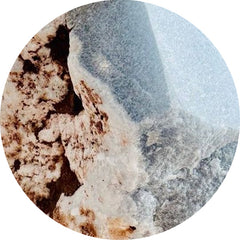 Aristolite (0)
Aristolite (0)
-
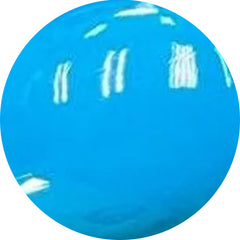 Arizona turquoise (0)
Arizona turquoise (0)
-
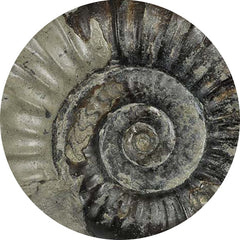 Arnioceras semicostatum fossil (0)
Arnioceras semicostatum fossil (0)
-
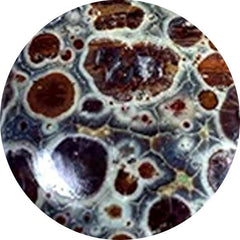 Asteroid jasper (11)
Asteroid jasper (11)
-
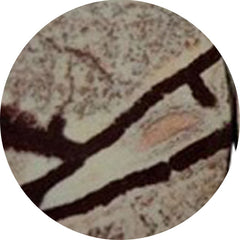 Astrophyllite (54)
Astrophyllite (54)
-
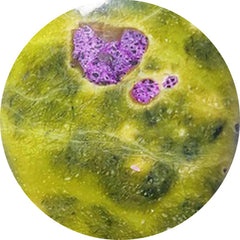 Atlantasite (87)
Atlantasite (87)
-
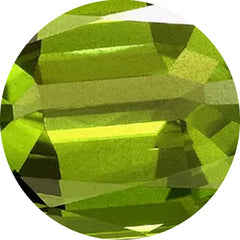 August birthstone (92)
August birthstone (92)
-
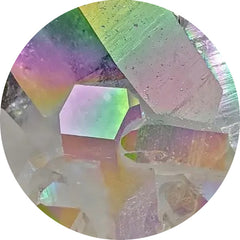 Aura quartz (0)
Aura quartz (0)
-
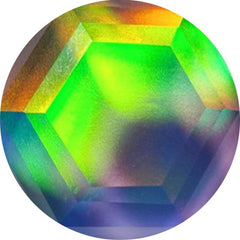 Aurora opal (314)
Aurora opal (314)
-
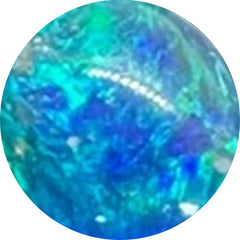 Australian opal (19)
Australian opal (19)
-
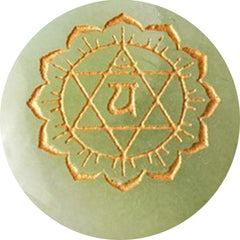 Aventurine (64)
Aventurine (64)
-
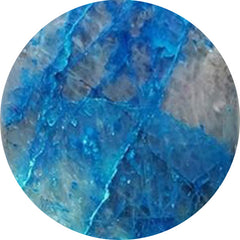 Azurite (281)
Azurite (281)
-
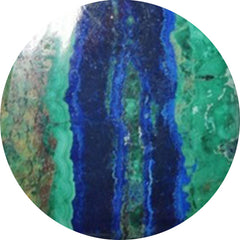 Azurite malachite (19)
Azurite malachite (19)
-
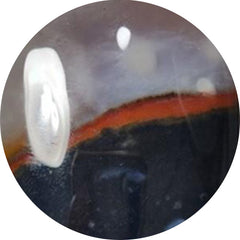 Banded agate (79)
Banded agate (79)
-
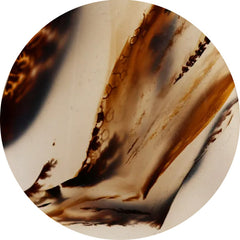 Barber agate (0)
Barber agate (0)
-
 Barite (13)
Barite (13)
-
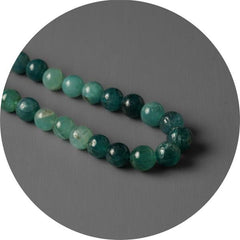 Beads (55)
Beads (55)
-
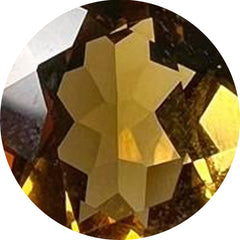 Beer quartz (23)
Beer quartz (23)
-
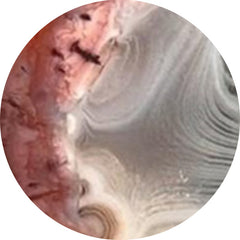 Berber agate (4)
Berber agate (4)
-
 Best offer black friday sale (0)
Best offer black friday sale (0)
-
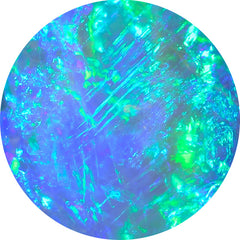 Best seller (0)
Best seller (0)
-
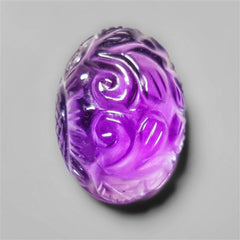 Bestsellers: a selection of our most-loved stones (448)
Bestsellers: a selection of our most-loved stones (448)
-
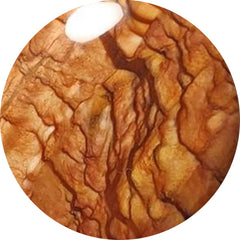 Biggs jasper (29)
Biggs jasper (29)
-
 Bird carving (104)
Bird carving (104)
-
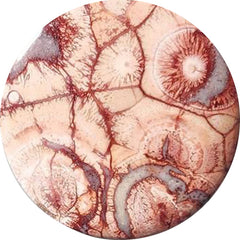 Bird eye jasper (45)
Bird eye jasper (45)
-
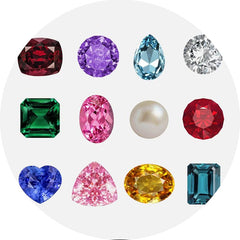 Birthstones (0)
Birthstones (0)
-
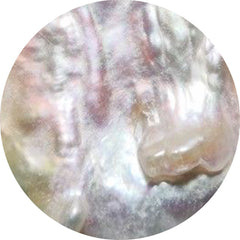 Biwa pearl (34)
Biwa pearl (34)
-
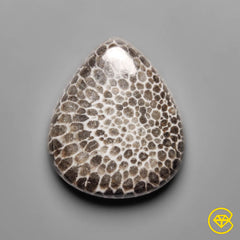 Black gemstones (967)
Black gemstones (967)
-
 Black onyx (180)
Black onyx (180)
-
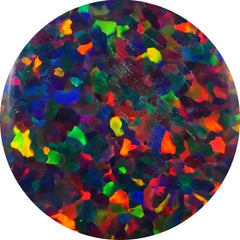 Black opal (57)
Black opal (57)
-
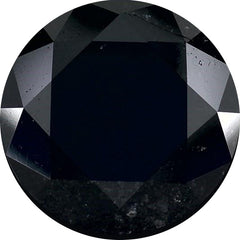 Black spinel (33)
Black spinel (33)
-
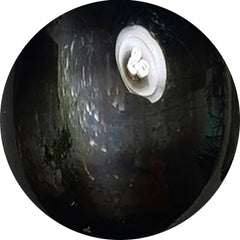 Black star (31)
Black star (31)
-
 Black tourmaline (77)
Black tourmaline (77)
-
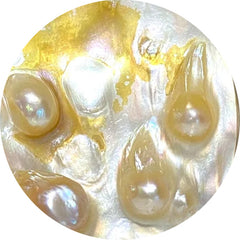 Blister pearl (30)
Blister pearl (30)
-
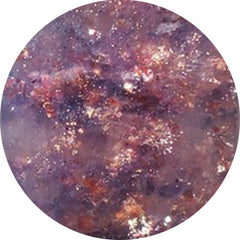 Bloodshot iolite (77)
Bloodshot iolite (77)
-
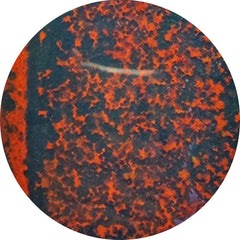 Bloodstone (66)
Bloodstone (66)
-
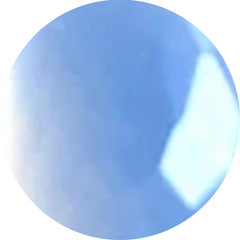 Blue chalcedony (41)
Blue chalcedony (41)
-
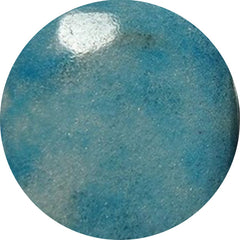 Blue diopside (0)
Blue diopside (0)
-
 Blue gemstones (1247)
Blue gemstones (1247)
-
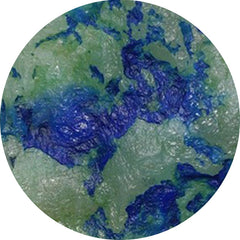 Blue horizon (15)
Blue horizon (15)
-
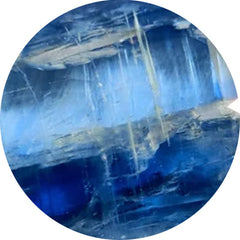 Blue kyanite (34)
Blue kyanite (34)
-
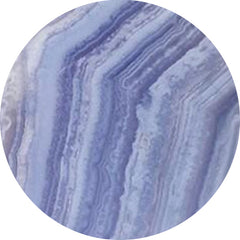 Blue lace agate (256)
Blue lace agate (256)
-
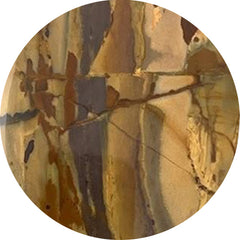 Blue mountain jasper (0)
Blue mountain jasper (0)
-
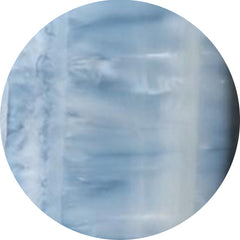 Blue opal (151)
Blue opal (151)
-
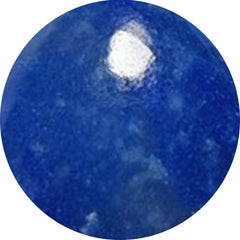 Blue quartz (40)
Blue quartz (40)
-
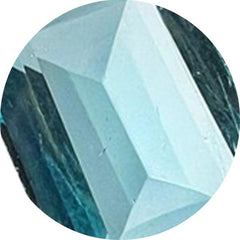 Blue topaz (49)
Blue topaz (49)
-
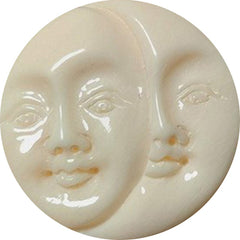 Bone (9)
Bone (9)
-
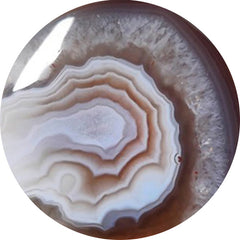 Botswana agate (244)
Botswana agate (244)
-
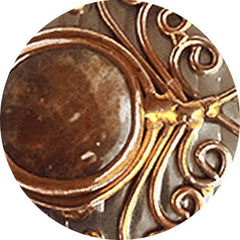 Bronze (0)
Bronze (0)
-
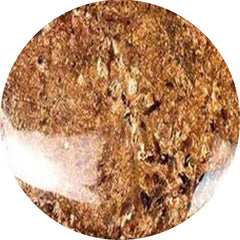 Bronzite (2)
Bronzite (2)
-
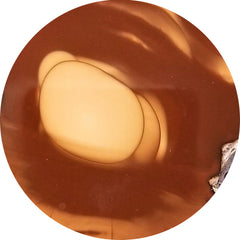 Bruneau jasper (15)
Bruneau jasper (15)
-
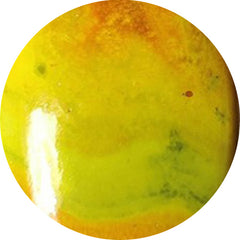 Bumble bee jasper (199)
Bumble bee jasper (199)
-
 Buy gemstones in usa (881)
Buy gemstones in usa (881)
-
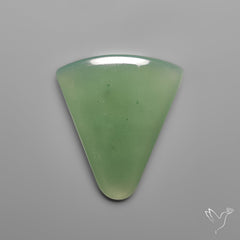 Cabochons (12859)
Cabochons (12859)
-
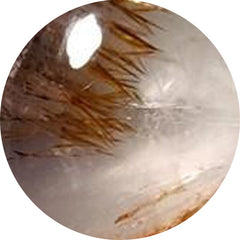 Cacoxenite (65)
Cacoxenite (65)
-
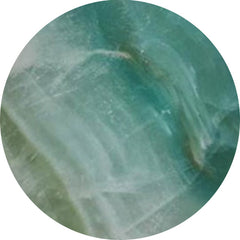 Calcite (220)
Calcite (220)
-
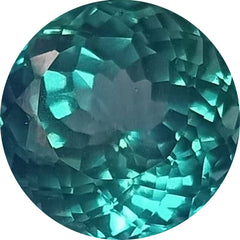 Calibrated (136)
Calibrated (136)
-
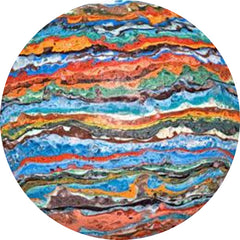 Calsilica (0)
Calsilica (0)
-
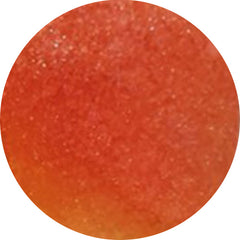 Candy corn (6)
Candy corn (6)
-
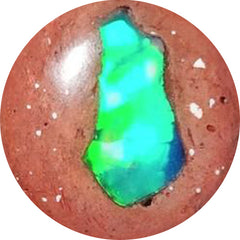 Cantera opal (18)
Cantera opal (18)
-
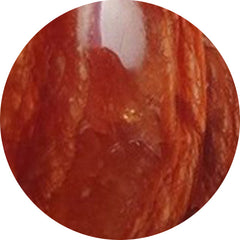 Caramel opal (2)
Caramel opal (2)
-
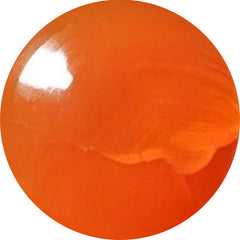 Carnelian (46)
Carnelian (46)
-
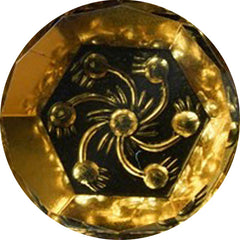 Carving (1779)
Carving (1779)
-
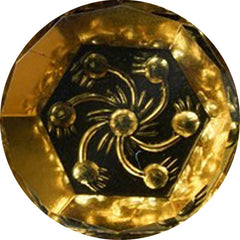 Carvings (2038)
Carvings (2038)
-
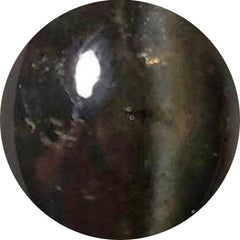 Cats eye (61)
Cats eye (61)
-
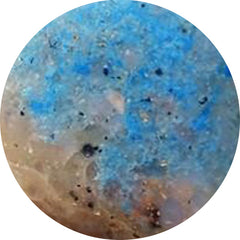 Cavansite (16)
Cavansite (16)
-
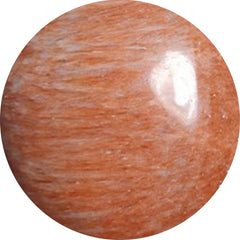 Celestobarite (7)
Celestobarite (7)
-
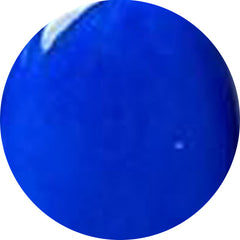 Ceruleite (0)
Ceruleite (0)
-
 Chakra stone (31)
Chakra stone (31)
-
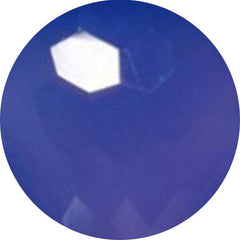 Chalcedony (444)
Chalcedony (444)
-
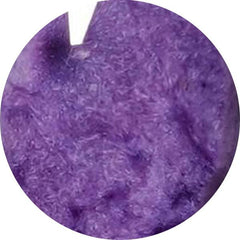 Charoite (189)
Charoite (189)
-
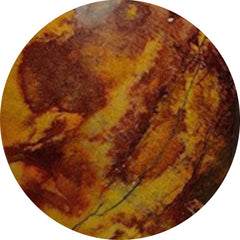 Cherry creek jasper (10)
Cherry creek jasper (10)
-
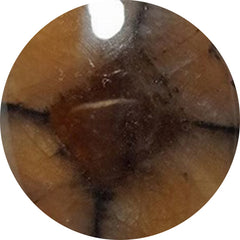 Chiastolite (16)
Chiastolite (16)
-
 Christmas new year sale (0)
Christmas new year sale (0)
-
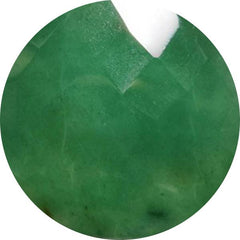 Chrome chalcedony (82)
Chrome chalcedony (82)
-
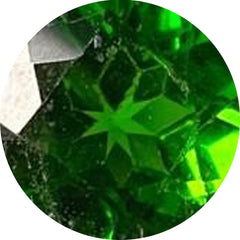 Chrome diopside (20)
Chrome diopside (20)
-
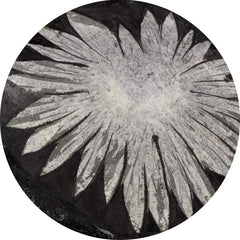 Chrysanthemum fossil (0)
Chrysanthemum fossil (0)
-
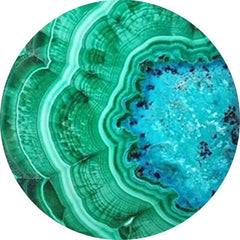 Chrysocolla (421)
Chrysocolla (421)
-
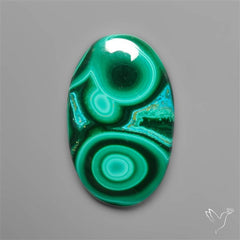 Chrysocolla malachite (76)
Chrysocolla malachite (76)
-
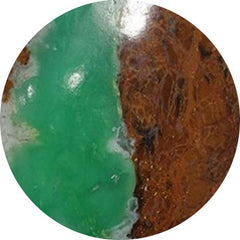 Chrysoprase (321)
Chrysoprase (321)
-
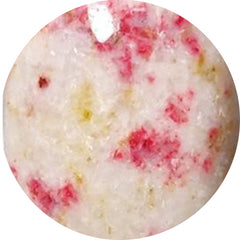 Cinnabar (14)
Cinnabar (14)
-
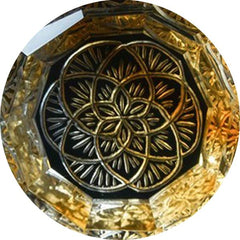 Citrine (110)
Citrine (110)
-
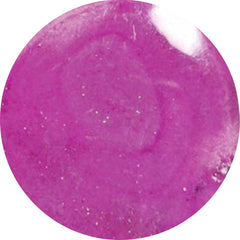 Cobalto calcite (66)
Cobalto calcite (66)
-
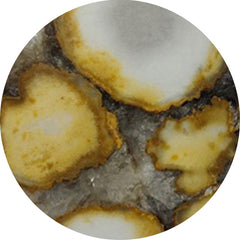 Cobra jasper (29)
Cobra jasper (29)
-
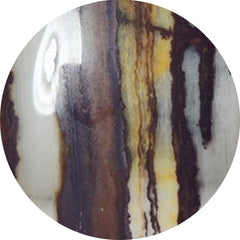 Coconut jasper (2)
Coconut jasper (2)
-
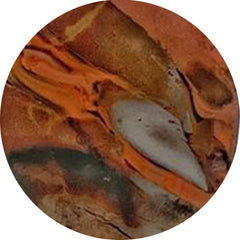 Coffee bean jasper (2)
Coffee bean jasper (2)
-
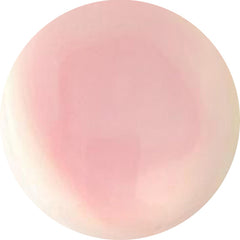 Conch shell (6)
Conch shell (6)
-
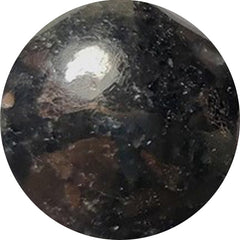 Coppernite (0)
Coppernite (0)
-
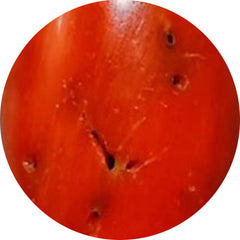 Coral (352)
Coral (352)
-
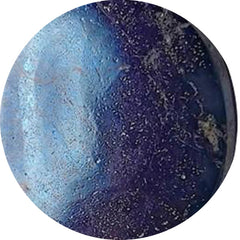 Covellite (4)
Covellite (4)
-
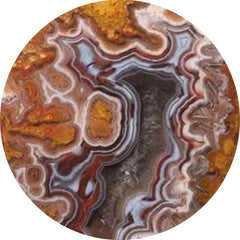 Crazy lace agate (187)
Crazy lace agate (187)
-
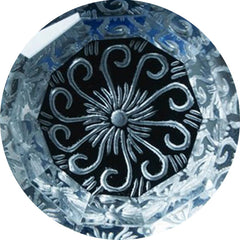 Crystal (204)
Crystal (204)
-
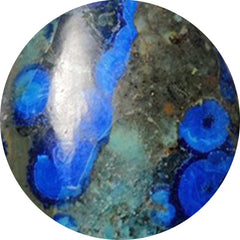 Cuprite (26)
Cuprite (26)
-
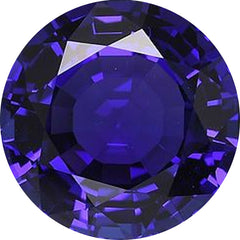 December birthstone (318)
December birthstone (318)
-
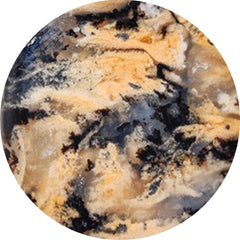 Dendritic agate (442)
Dendritic agate (442)
-
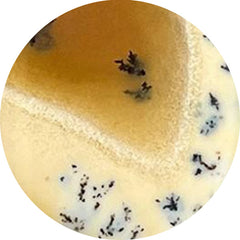 Dendritic opal (75)
Dendritic opal (75)
-
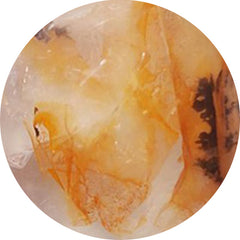 Dendritic quartz (2)
Dendritic quartz (2)
-
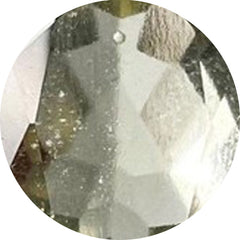 Desert glass (9)
Desert glass (9)
-
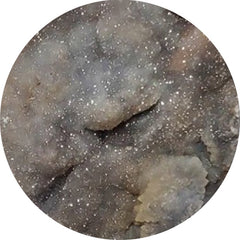 Desert jasper druzy (15)
Desert jasper druzy (15)
-
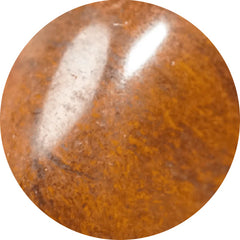 Desert sunset jasper (10)
Desert sunset jasper (10)
-
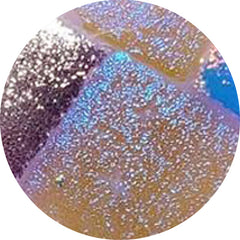 Dichroic glass (145)
Dichroic glass (145)
-
 Dinosaur bone fossil (3)
Dinosaur bone fossil (3)
-
 Diopside (54)
Diopside (54)
-
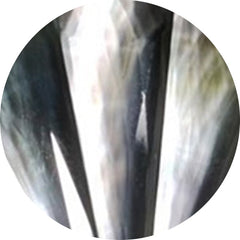 Doublets (876)
Doublets (876)
-
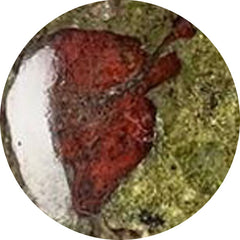 Dragonblood jasper (1)
Dragonblood jasper (1)
-
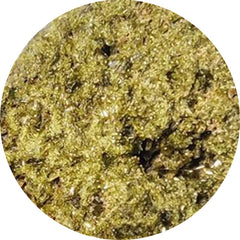 Druzy (419)
Druzy (419)
-
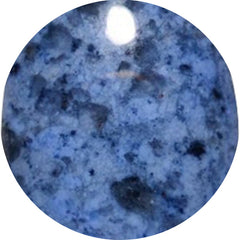 Dumortierite (60)
Dumortierite (60)
-
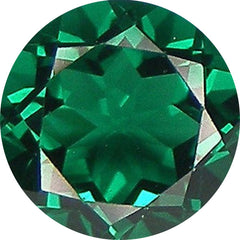 Emerald (63)
Emerald (63)
-
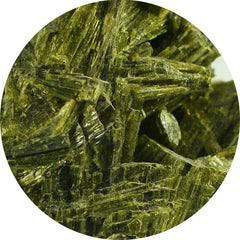 Epidote (10)
Epidote (10)
-
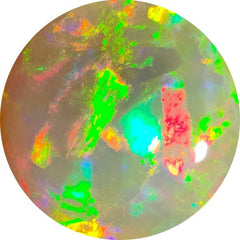 Ethiopian opal (122)
Ethiopian opal (122)
-
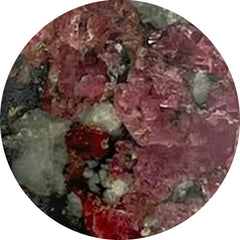 Eudialyte (11)
Eudialyte (11)
-
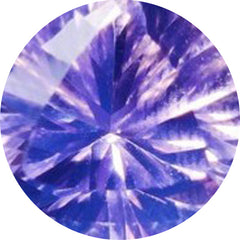 Faceted rose cut (2460)
Faceted rose cut (2460)
-
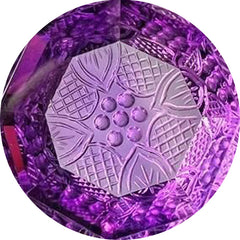 Fantasy cuts (52)
Fantasy cuts (52)
-
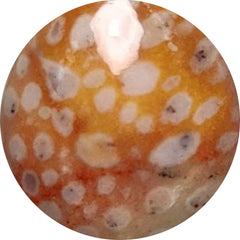 Fawn jasper (13)
Fawn jasper (13)
-
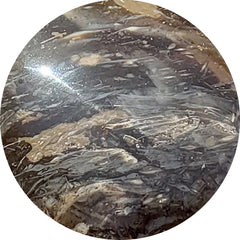 Feather agate (0)
Feather agate (0)
-
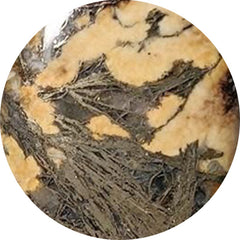 Feather pyrite (39)
Feather pyrite (39)
-
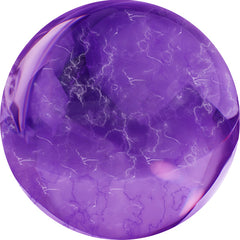 February birthstone (2843)
February birthstone (2843)
-
 Fine amethyst (32)
Fine amethyst (32)
-
 Fine ametrine (22)
Fine ametrine (22)
-
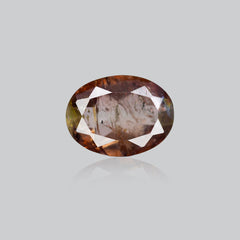 Fine andalusite (1)
Fine andalusite (1)
-
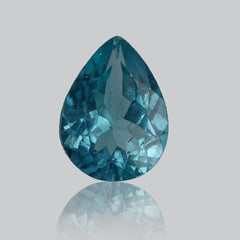 Fine apatite (5)
Fine apatite (5)
-
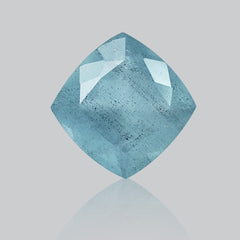 Fine aquamarine (8)
Fine aquamarine (8)
-
 Fine black opal (6)
Fine black opal (6)
-
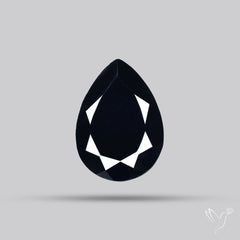 Fine black spinel (14)
Fine black spinel (14)
-
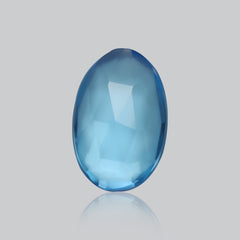 Fine blue topaz (30)
Fine blue topaz (30)
-
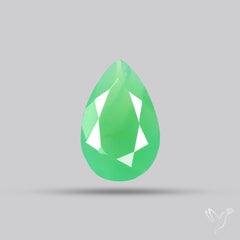 Fine chrysoprase (16)
Fine chrysoprase (16)
-
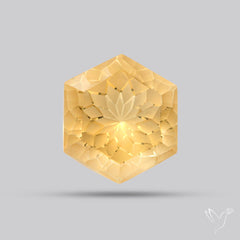 Fine citrine (24)
Fine citrine (24)
-
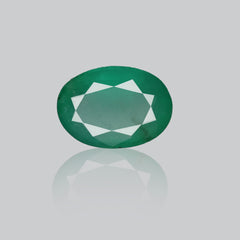 Fine emerald (11)
Fine emerald (11)
-
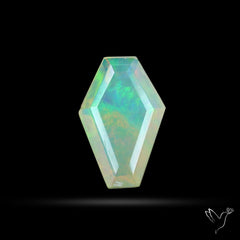 Fine ethiopian opal (18)
Fine ethiopian opal (18)
-
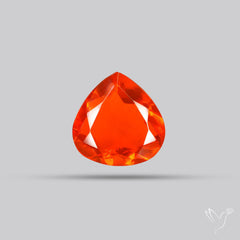 Fine fire opal (7)
Fine fire opal (7)
-
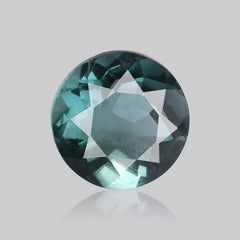 Fine fluorite (12)
Fine fluorite (12)
-
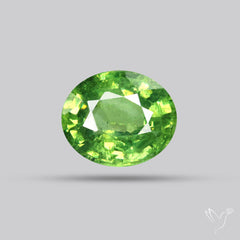 Fine garnet (37)
Fine garnet (37)
-
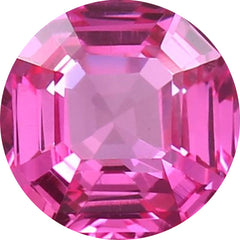 Fine gemstone (0)
Fine gemstone (0)
-
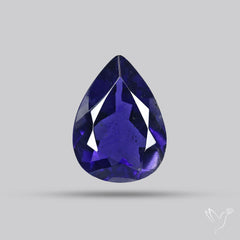 Fine iolite (31)
Fine iolite (31)
-
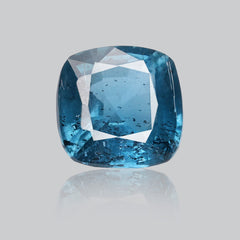 Fine kyanite (28)
Fine kyanite (28)
-
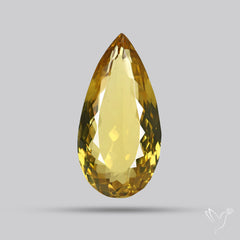 Fine lemon quartz (14)
Fine lemon quartz (14)
-
 Fine lepidocrocite (46)
Fine lepidocrocite (46)
-
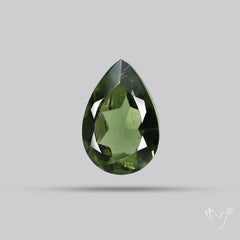 Fine moldavite (21)
Fine moldavite (21)
-
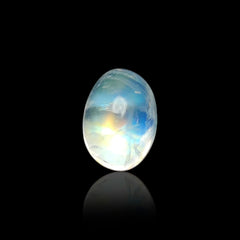 Fine moonstone (7)
Fine moonstone (7)
-
 Fine peridot (56)
Fine peridot (56)
-
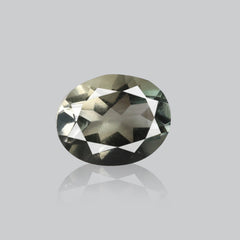 Fine prasiolite (26)
Fine prasiolite (26)
-
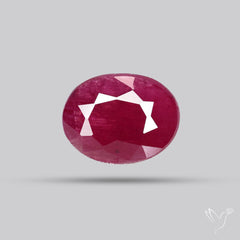 Fine ruby (15)
Fine ruby (15)
-
 Fine rutilated quartz (19)
Fine rutilated quartz (19)
-
 Fine sapphire (7)
Fine sapphire (7)
-
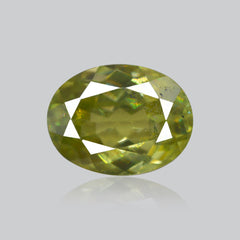 Fine sphene (17)
Fine sphene (17)
-
 Fine sunstone (79)
Fine sunstone (79)
-
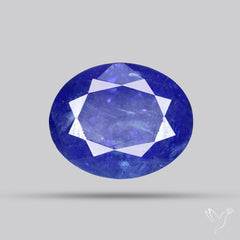 Fine tanzanite (50)
Fine tanzanite (50)
-
 Fine tourmaline (67)
Fine tourmaline (67)
-
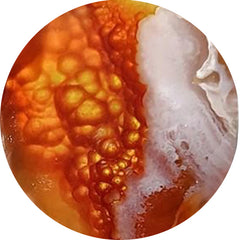 Fire agate (7)
Fire agate (7)
-
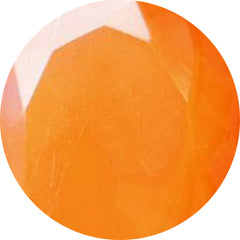 Fire opals (43)
Fire opals (43)
-
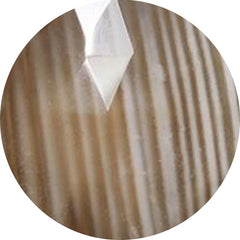 Flint stone (10)
Flint stone (10)
-
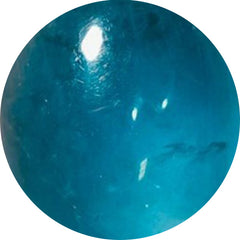 Fluorite (155)
Fluorite (155)
-
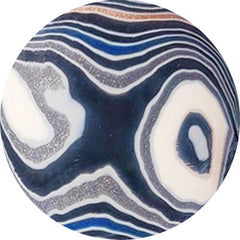 Fordite (63)
Fordite (63)
-
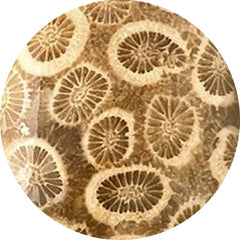 Fossil coral (320)
Fossil coral (320)
-
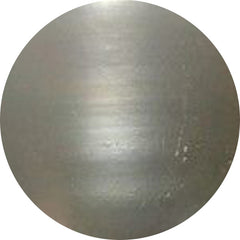 Fossil marston marble (20)
Fossil marston marble (20)
-
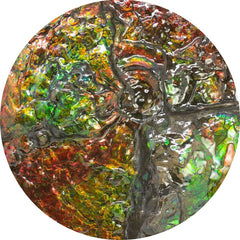 Fossils (513)
Fossils (513)
-
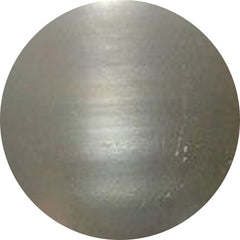 Freshwater pearl (22)
Freshwater pearl (22)
-
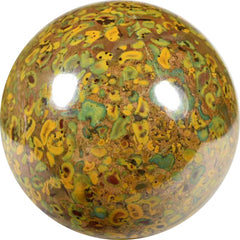 Fruit jasper (14)
Fruit jasper (14)
-
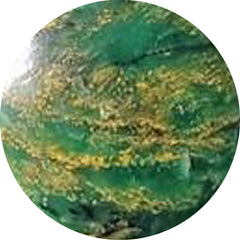 Fuchsite (7)
Fuchsite (7)
-
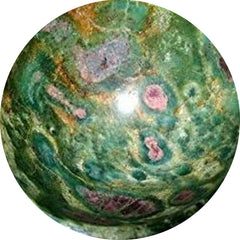 Fuschite (10)
Fuschite (10)
-
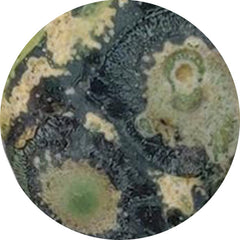 Galaxy jasper (9)
Galaxy jasper (9)
-
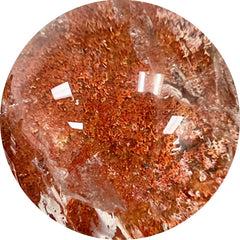 Garden quartz (6)
Garden quartz (6)
-
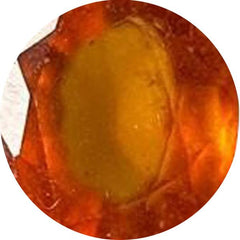 Garnet (119)
Garnet (119)
-
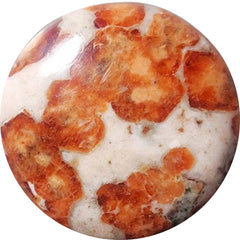 Garnet in limestone (36)
Garnet in limestone (36)
-
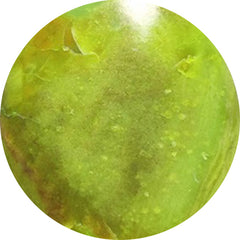 Gaspeite (12)
Gaspeite (12)
-
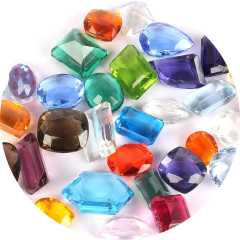 Gemstone lots (438)
Gemstone lots (438)
-
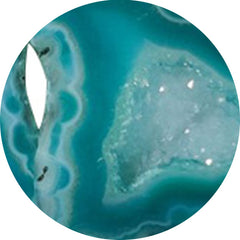 Geode (32)
Geode (32)
-
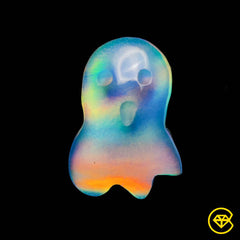 Ghost carving (57)
Ghost carving (57)
-
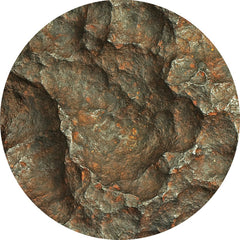 Gibeon meteorite (23)
Gibeon meteorite (23)
-
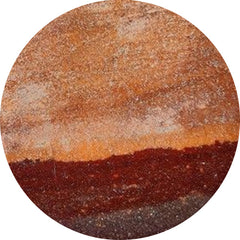 Gila monster agate (16)
Gila monster agate (16)
-
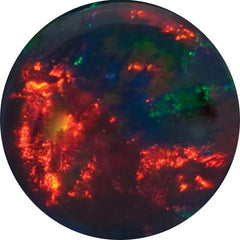 Gilson opal (22)
Gilson opal (22)
-
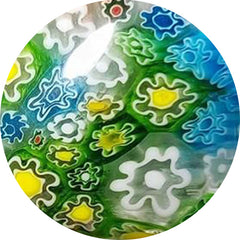 Glass (182)
Glass (182)
-
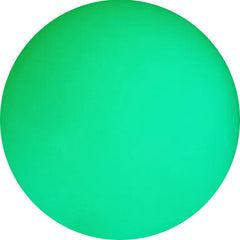 Glow stone (12)
Glow stone (12)
-
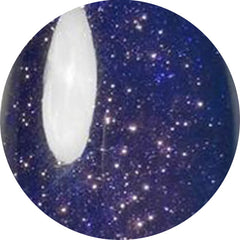 Goldstone (35)
Goldstone (35)
-
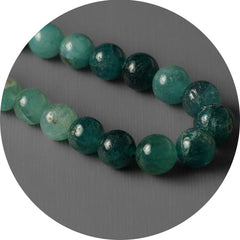 Grandidierite (7)
Grandidierite (7)
-
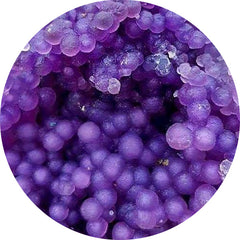 Grape agate (114)
Grape agate (114)
-
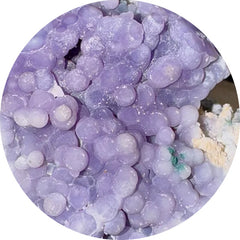 Grape chalcedony (4)
Grape chalcedony (4)
-
 Green gemstones (447)
Green gemstones (447)
-
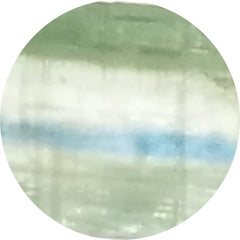 Green kyanite (7)
Green kyanite (7)
-
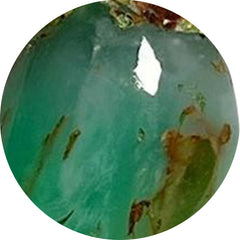 Green prase opal (8)
Green prase opal (8)
-
 Green tourmaline (24)
Green tourmaline (24)
-
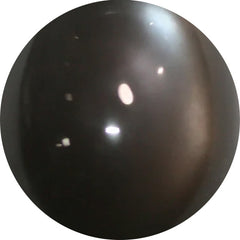 Grey moonstone (31)
Grey moonstone (31)
-
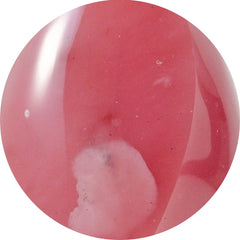 Guava quartz (9)
Guava quartz (9)
-
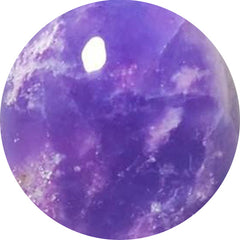 Hackmanite (11)
Hackmanite (11)
-
 Halloween sale offers deals (0)
Halloween sale offers deals (0)
-
 Heart carving (350)
Heart carving (350)
-
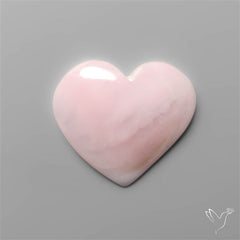 Heart shape gemstones (3)
Heart shape gemstones (3)
-
 Heliodor (0)
Heliodor (0)
-
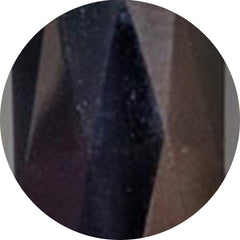 Hematite (37)
Hematite (37)
-
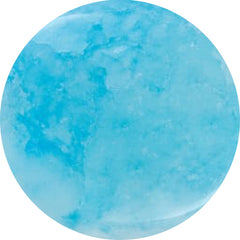 Hemimorphite (54)
Hemimorphite (54)
-
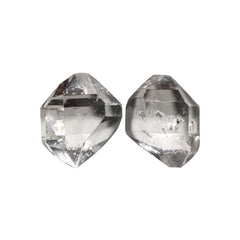 Herkimer diamond (38)
Herkimer diamond (38)
-
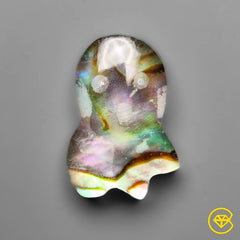 Himalayan quartz (437)
Himalayan quartz (437)
-
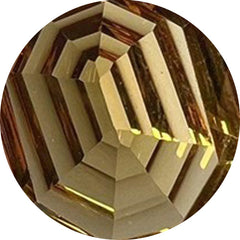 Honey quartz (19)
Honey quartz (19)
-
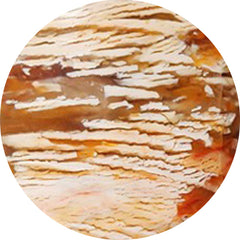 Howardite opal (29)
Howardite opal (29)
-
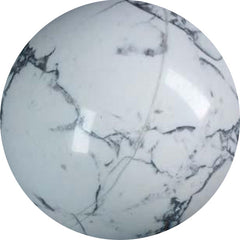 Howlite (4)
Howlite (4)
-
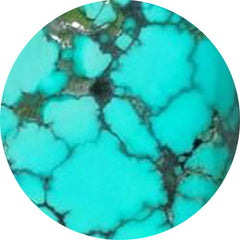 Hubei turquoise (54)
Hubei turquoise (54)
-
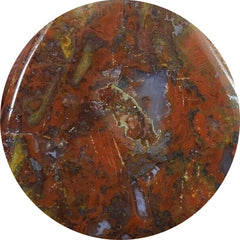 Hungarian agate (1)
Hungarian agate (1)
-
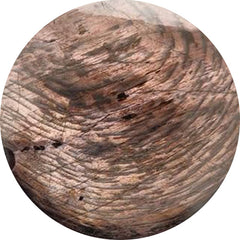 Hypersthene (42)
Hypersthene (42)
-
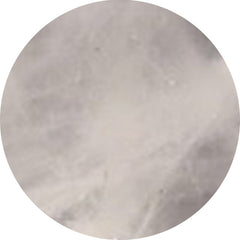 Ice quartz (1)
Ice quartz (1)
-
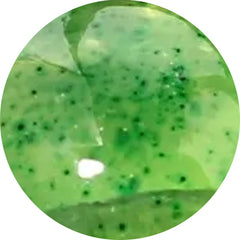 Idocrase (1)
Idocrase (1)
-
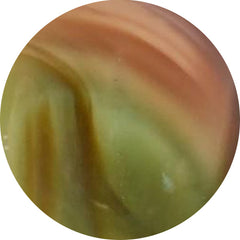 Imperial jasper (115)
Imperial jasper (115)
-
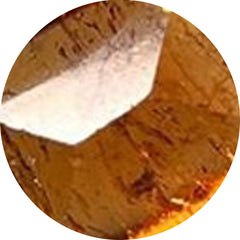 Imperial topaz (0)
Imperial topaz (0)
-
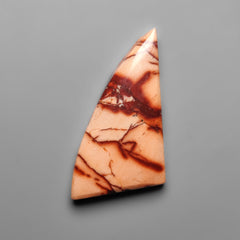 Indian paint stone (5)
Indian paint stone (5)
-
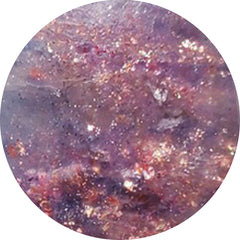 Iolite (160)
Iolite (160)
-
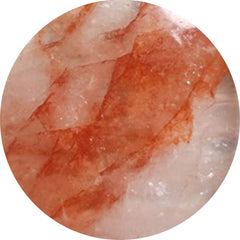 Iron quartz (48)
Iron quartz (48)
-
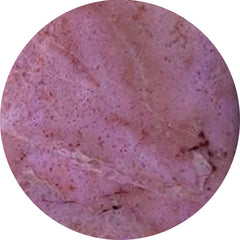 Jade (34)
Jade (34)
-
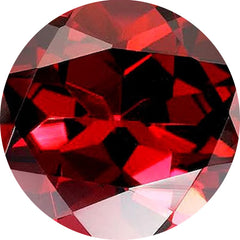 January birthstone (445)
January birthstone (445)
-
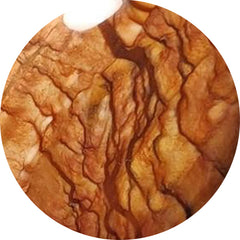 Jaspers (32)
Jaspers (32)
-
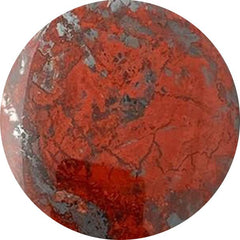 Jaspillite (3)
Jaspillite (3)
-
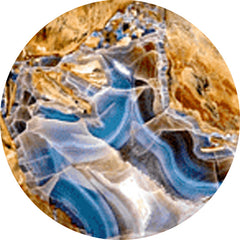 Java chalcedony (16)
Java chalcedony (16)
-
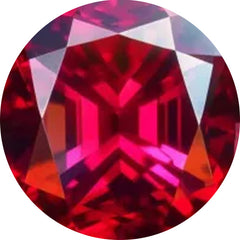 July birthstone (551)
July birthstone (551)
-
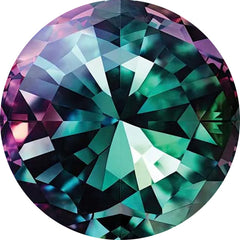 June birthstones: moonstone, pearl, and alexandrite (1054)
June birthstones: moonstone, pearl, and alexandrite (1054)
-
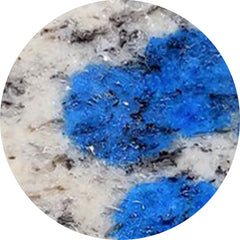 K2 jasper (7)
K2 jasper (7)
-
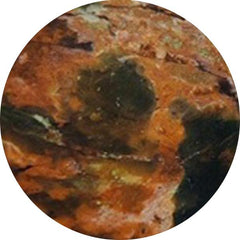 Kaleidoscope agate (0)
Kaleidoscope agate (0)
-
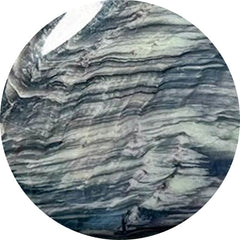 Kammererite (103)
Kammererite (103)
-
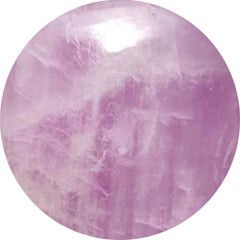 Kunzite (7)
Kunzite (7)
-
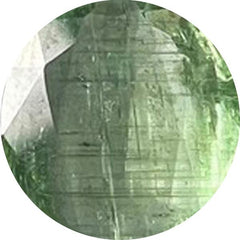 Kyanite (99)
Kyanite (99)
-
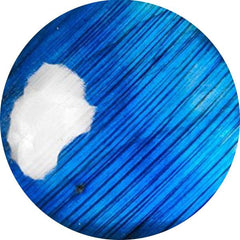 Labradorite (277)
Labradorite (277)
-
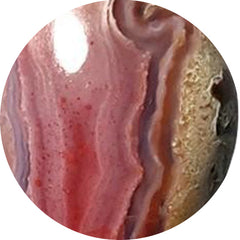 Laguna lace agate (60)
Laguna lace agate (60)
-
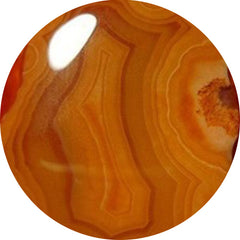 Lake superior agate (25)
Lake superior agate (25)
-
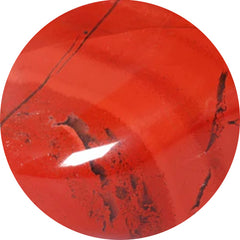 Landscape jasper (0)
Landscape jasper (0)
-
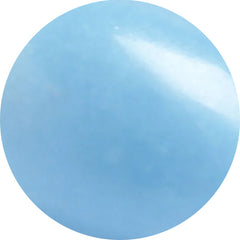 Langite (0)
Langite (0)
-
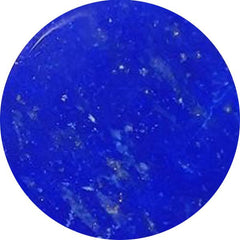 Lapis lazuli (163)
Lapis lazuli (163)
-
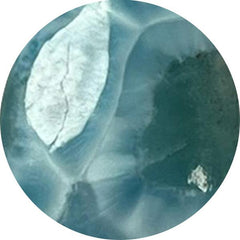 Larimar (125)
Larimar (125)
-
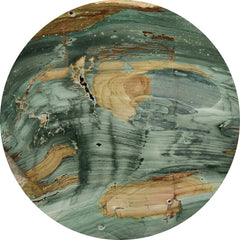 Larsonite (17)
Larsonite (17)
-
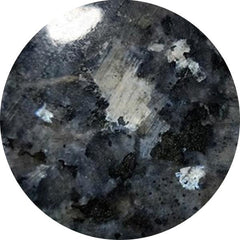 Larvikite feldspar (46)
Larvikite feldspar (46)
-
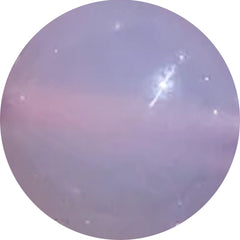 Lavender chalcedony (17)
Lavender chalcedony (17)
-
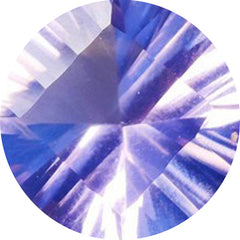 Lavender quartz (5)
Lavender quartz (5)
-
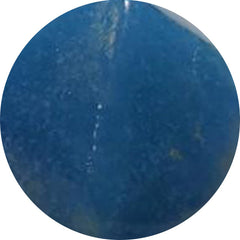 Lazulite (8)
Lazulite (8)
-
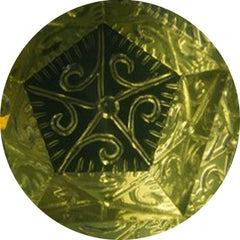 Lemon quartz (44)
Lemon quartz (44)
-
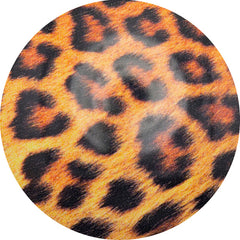 Leopard skin shell (0)
Leopard skin shell (0)
-
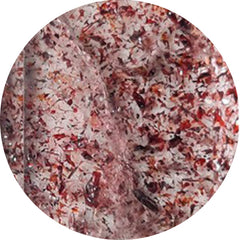 Lepidocrocite (55)
Lepidocrocite (55)
-
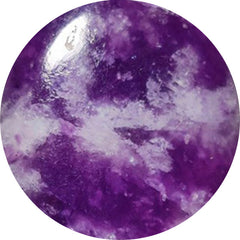 Lepidolite (82)
Lepidolite (82)
-
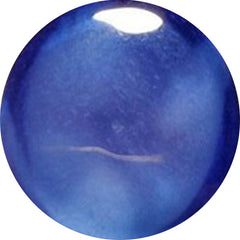 Lindy star sapphire (0)
Lindy star sapphire (0)
-
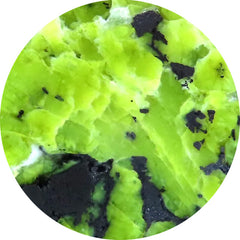 Lizardite (55)
Lizardite (55)
-
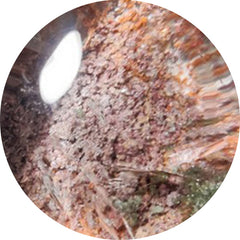 Lodolite (93)
Lodolite (93)
-
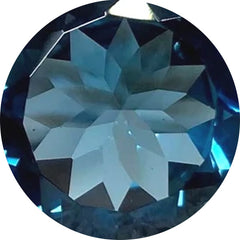 London blue topaz (10)
London blue topaz (10)
-
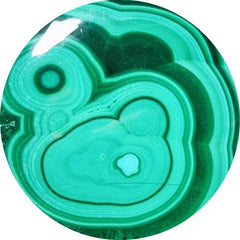 Malachite (577)
Malachite (577)
-
 Malawi moonstone (137)
Malawi moonstone (137)
-
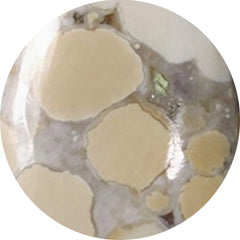 Maligano jasper (71)
Maligano jasper (71)
-
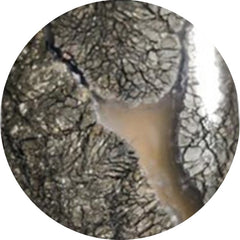 Marcasite (27)
Marcasite (27)
-
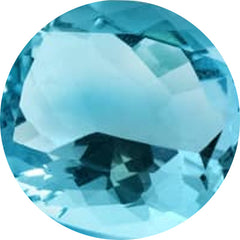 March birthstone (1457)
March birthstone (1457)
-
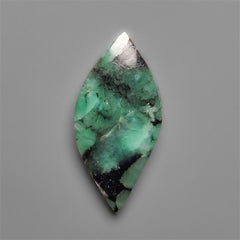 Marquise shape gemstones (5)
Marquise shape gemstones (5)
-
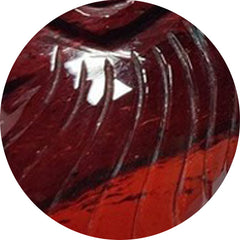 Mary ellen jasper (0)
Mary ellen jasper (0)
-
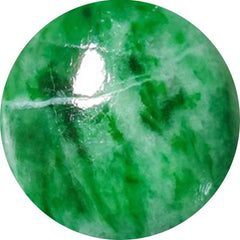 Maw sit sit (15)
Maw sit sit (15)
-
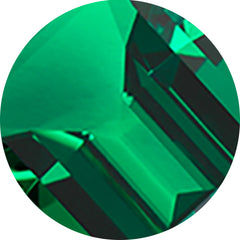 May birthstone (443)
May birthstone (443)
-
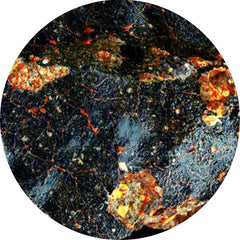 Meteorite (23)
Meteorite (23)
-
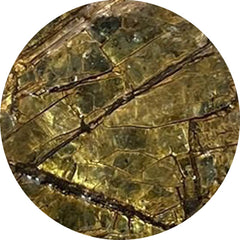 Mica (45)
Mica (45)
-
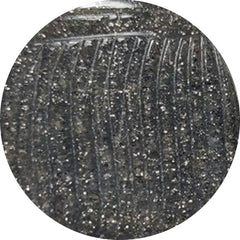 Midnight quartzite (20)
Midnight quartzite (20)
-
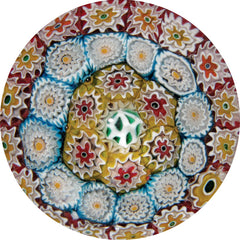 Millefiori glass (2)
Millefiori glass (2)
-
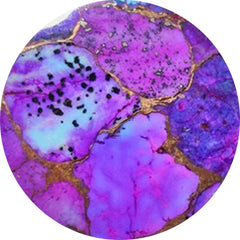 Mohave turquoise (57)
Mohave turquoise (57)
-
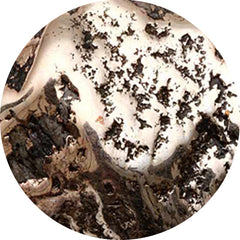 Mohawkites (20)
Mohawkites (20)
-
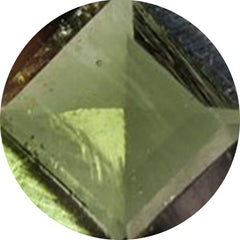 Moldavite (47)
Moldavite (47)
-
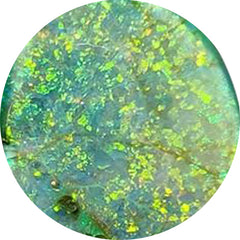 Monarch opal (29)
Monarch opal (29)
-
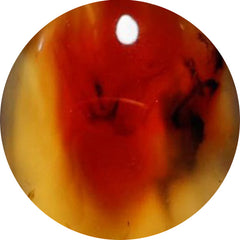 Montana agate (83)
Montana agate (83)
-
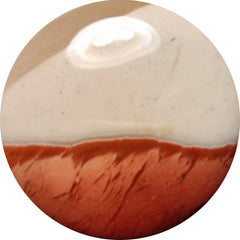 Mookaite (39)
Mookaite (39)
-
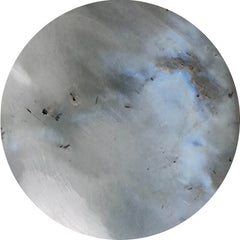 Moonstone (400)
Moonstone (400)
-
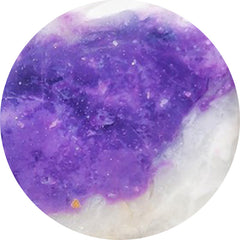 Morado opal (1)
Morado opal (1)
-
 Morenci turquoise (39)
Morenci turquoise (39)
-
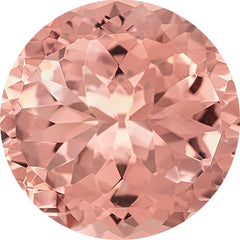 Morganite (0)
Morganite (0)
-
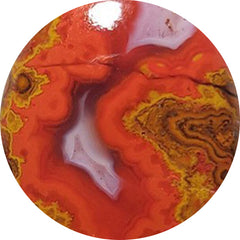 Moroccan seam agate (119)
Moroccan seam agate (119)
-
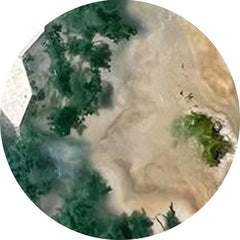 Moss agate (385)
Moss agate (385)
-
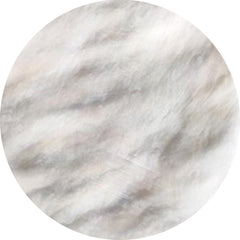 Mother of pearl (527)
Mother of pearl (527)
-
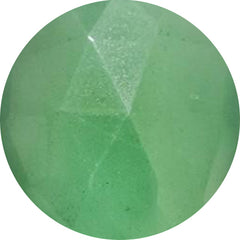 Mtorolite (46)
Mtorolite (46)
-
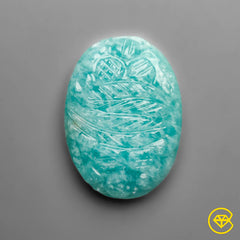 Mughal carving (477)
Mughal carving (477)
-
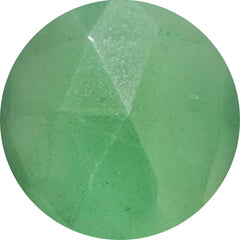 Muscovite (21)
Muscovite (21)
-
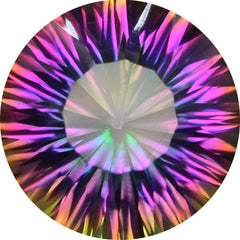 Mystic quartz (1)
Mystic quartz (1)
-
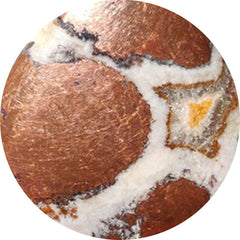 Native copper (39)
Native copper (39)
-
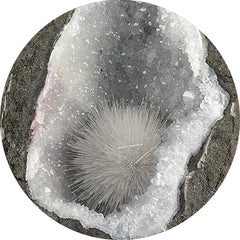 Natrolite (26)
Natrolite (26)
-
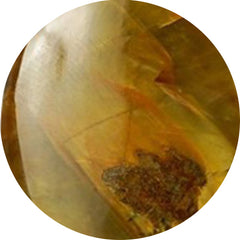 Nellite (6)
Nellite (6)
-
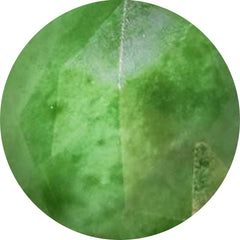 Nephrite jade (2)
Nephrite jade (2)
-
 New arrivals (219)
New arrivals (219)
-
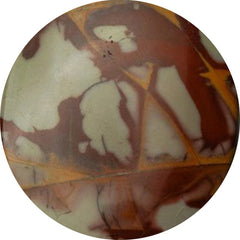 Noreena jasper (28)
Noreena jasper (28)
-
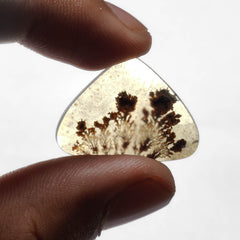 November birthstone (158)
November birthstone (158)
-
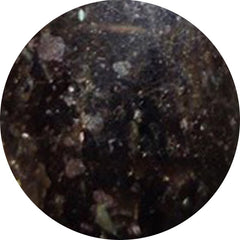 Nuummite (2)
Nuummite (2)
-
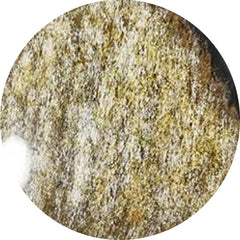 Obsidian (339)
Obsidian (339)
-
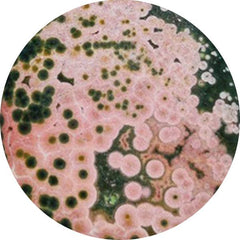 Ocean jasper (253)
Ocean jasper (253)
-
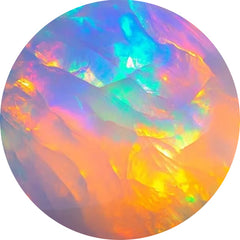 October birthstone (1375)
October birthstone (1375)
-
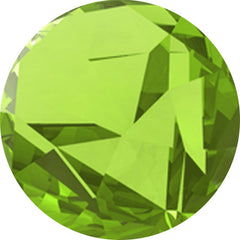 Olive quartz (5)
Olive quartz (5)
-
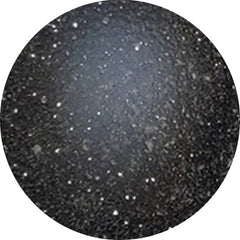 Onyx (287)
Onyx (287)
-
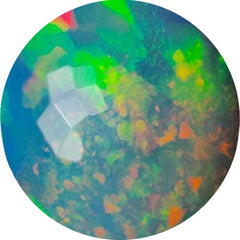 Opal (1146)
Opal (1146)
-
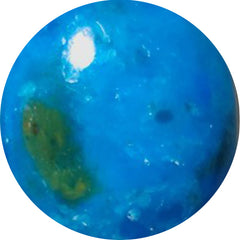 Opalina (11)
Opalina (11)
-
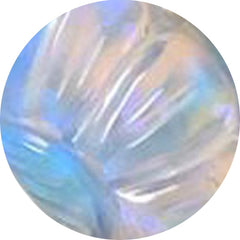 Opalite (30)
Opalite (30)
-
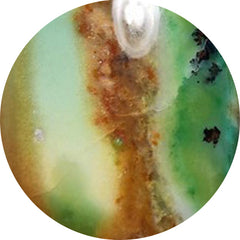 Opalwood (5)
Opalwood (5)
-
 Orange gemstones (370)
Orange gemstones (370)
-
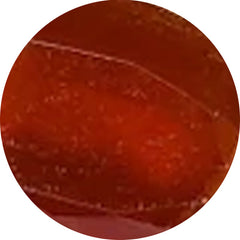 Orange kyanite (2)
Orange kyanite (2)
-
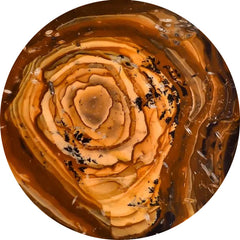 Oregon jasper (7)
Oregon jasper (7)
-
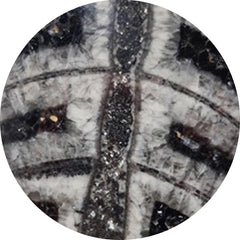 Orthoceras fossil (36)
Orthoceras fossil (36)
-
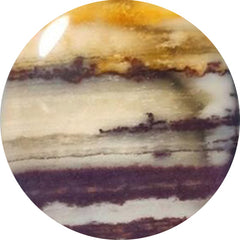 Outback jasper (5)
Outback jasper (5)
-
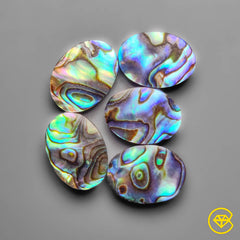 Oval shape gemstones (6)
Oval shape gemstones (6)
-
 Over $50 (477)
Over $50 (477)
-
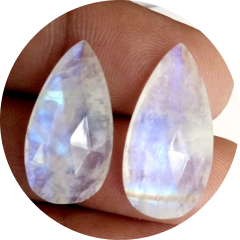 Pairs (945)
Pairs (945)
-
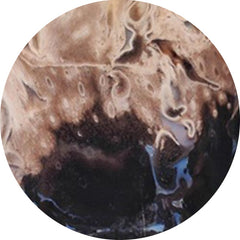 Palmroot agate (92)
Palmroot agate (92)
-
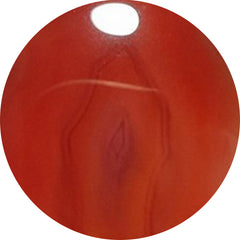 Passion agate (1)
Passion agate (1)
-
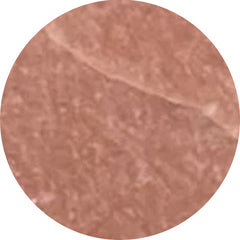 Peach moonstone (45)
Peach moonstone (45)
-
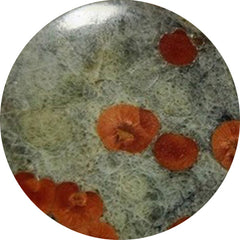 Peanut obsidian (40)
Peanut obsidian (40)
-
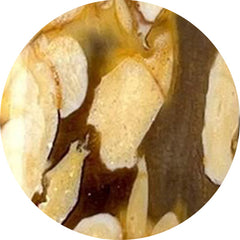 Peanut wood jasper (178)
Peanut wood jasper (178)
-
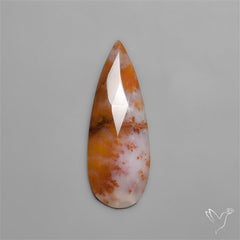 Pear shape gemstones (9)
Pear shape gemstones (9)
-
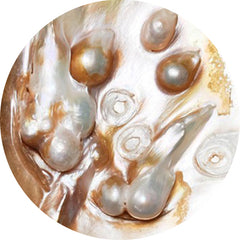 Pearl (654)
Pearl (654)
-
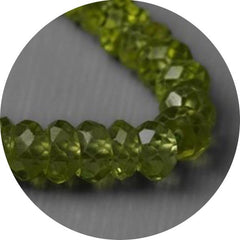 Peridot (59)
Peridot (59)
-
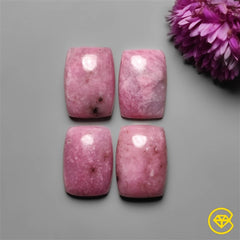 Petalite (25)
Petalite (25)
-
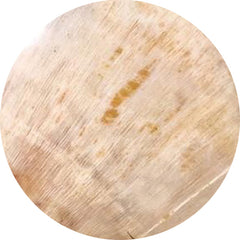 Petrified wood (55)
Petrified wood (55)
-
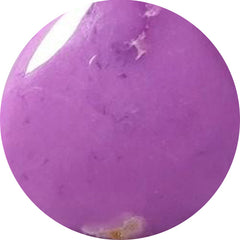 Phosphosiderite (94)
Phosphosiderite (94)
-
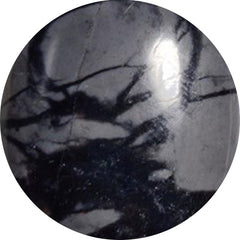 Picasso jasper (81)
Picasso jasper (81)
-
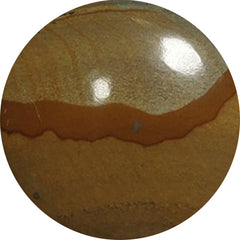 Picture jasper (81)
Picture jasper (81)
-
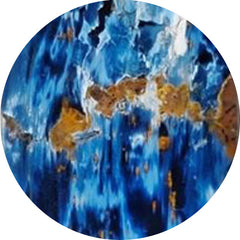 Pietersite (47)
Pietersite (47)
-
 Pink gemstones (473)
Pink gemstones (473)
-
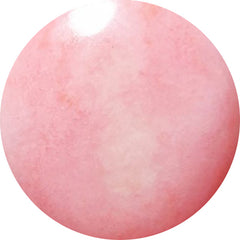 Pink opal (151)
Pink opal (151)
-
 Pink tourmaline (90)
Pink tourmaline (90)
-
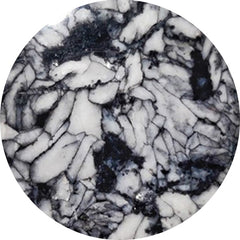 Pinolith (35)
Pinolith (35)
-
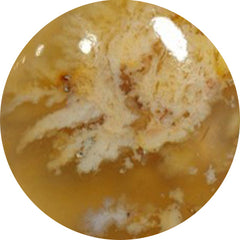 Plume agate (96)
Plume agate (96)
-
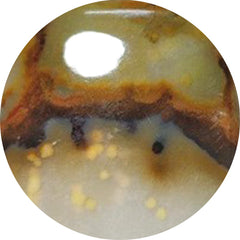 Polka dot agate (42)
Polka dot agate (42)
-
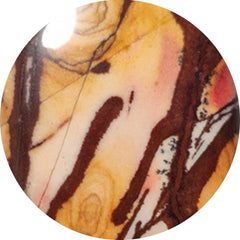 Polychrome jasper (42)
Polychrome jasper (42)
-
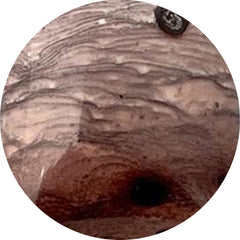 Porcelain jasper (30)
Porcelain jasper (30)
-
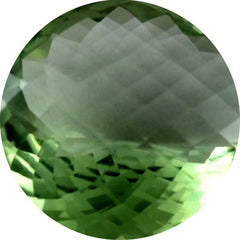 Prasiolite (45)
Prasiolite (45)
-
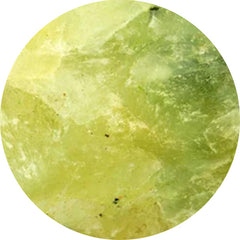 Prehnite (22)
Prehnite (22)
-
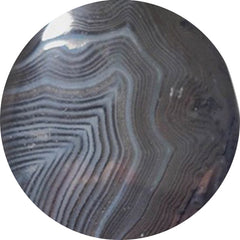 Psilomelane (23)
Psilomelane (23)
-
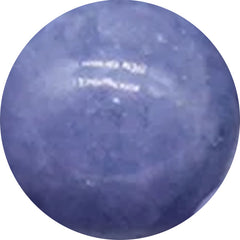 Purple chalcedony (45)
Purple chalcedony (45)
-
 Purple gemstones (1011)
Purple gemstones (1011)
-
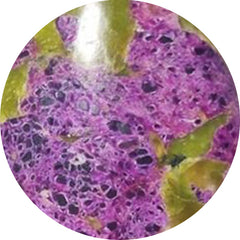 Purpurite (7)
Purpurite (7)
-
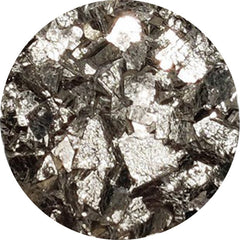 Pyrite (137)
Pyrite (137)
-
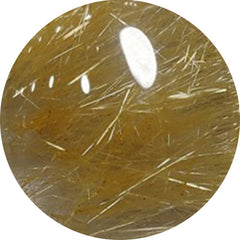 Quartz (125)
Quartz (125)
-
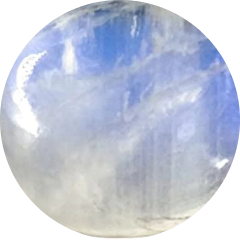 Rain moonstones (0)
Rain moonstones (0)
-
 Rainbow calcilica (11)
Rainbow calcilica (11)
-
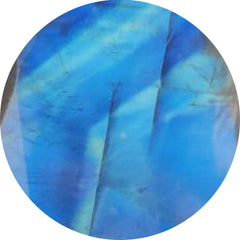 Rainbow moonstone (86)
Rainbow moonstone (86)
-
 Red coral (8)
Red coral (8)
-
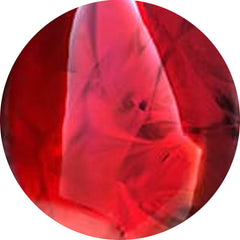 Red fossil (0)
Red fossil (0)
-
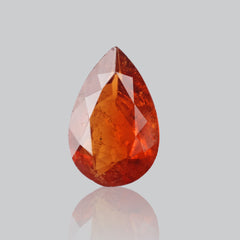 Red gemstones (364)
Red gemstones (364)
-
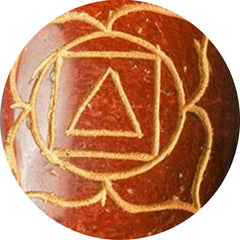 Red jasper (3)
Red jasper (3)
-
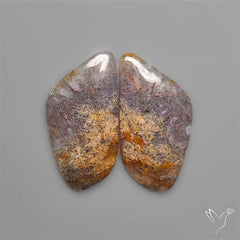 Red moss agate (76)
Red moss agate (76)
-
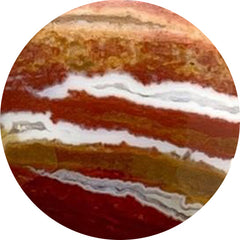 Red river jasper (16)
Red river jasper (16)
-
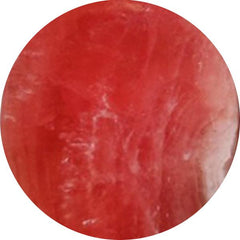 Rhodochrosite (405)
Rhodochrosite (405)
-
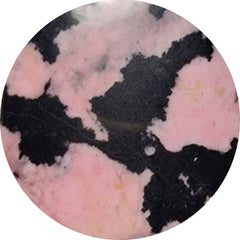 Rhodonite (81)
Rhodonite (81)
-
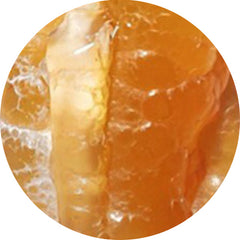 Rock chalcedony (2)
Rock chalcedony (2)
-
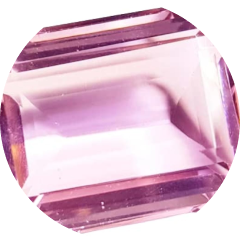 Rose cut gemstones (742)
Rose cut gemstones (742)
-
 Rose quartz (54)
Rose quartz (54)
-
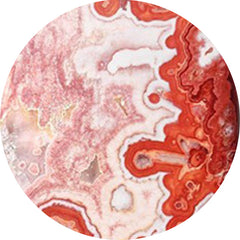 Rosita jasper (10)
Rosita jasper (10)
-
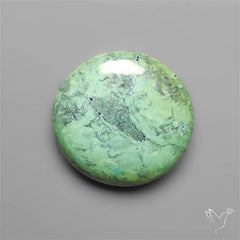 Round shape gemstones (6)
Round shape gemstones (6)
-
 Rubellite (77)
Rubellite (77)
-
 Ruby (199)
Ruby (199)
-
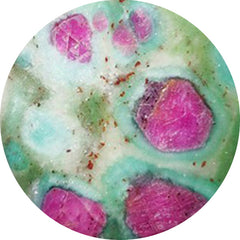 Ruby in fuchsite (6)
Ruby in fuchsite (6)
-
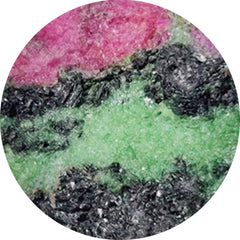 Ruby in zoisite (92)
Ruby in zoisite (92)
-
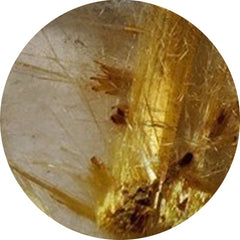 Rutilated quartz (263)
Rutilated quartz (263)
-
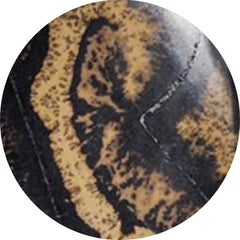 Sage brush jasper (27)
Sage brush jasper (27)
-
 Sand dollar fossil (3)
Sand dollar fossil (3)
-
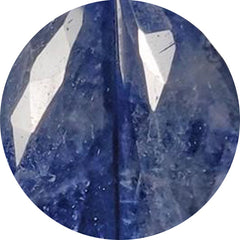 Sapphire (32)
Sapphire (32)
-
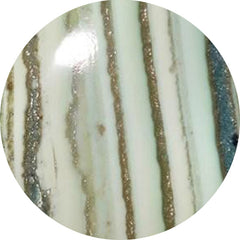 Saturn chalcedony (57)
Saturn chalcedony (57)
-
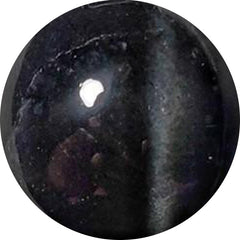 Scapolite (13)
Scapolite (13)
-
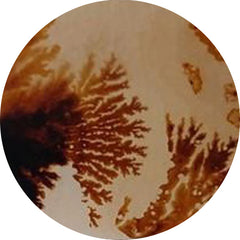 Scenic agate (99)
Scenic agate (99)
-
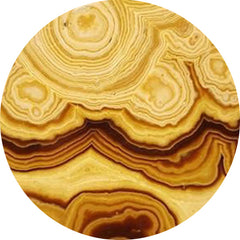 Schalenblende (88)
Schalenblende (88)
-
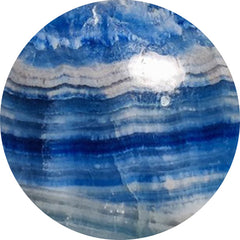 Scheelite (37)
Scheelite (37)
-
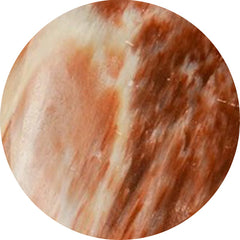 Scolecite (52)
Scolecite (52)
-
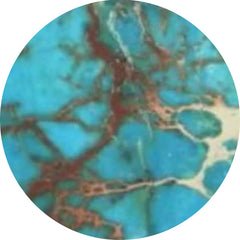 Sea sediment jasper (0)
Sea sediment jasper (0)
-
 Selenite (13)
Selenite (13)
-
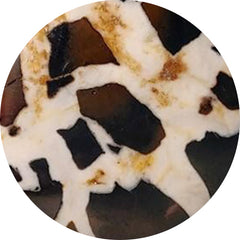 Septarian (92)
Septarian (92)
-
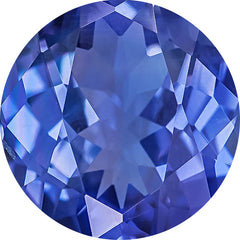 September birthstone (197)
September birthstone (197)
-
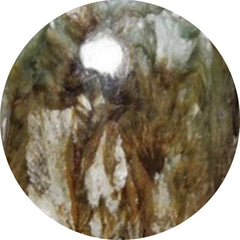 Seraphinite (81)
Seraphinite (81)
-
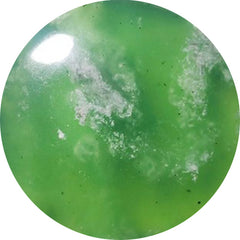 Serpentine (165)
Serpentine (165)
-
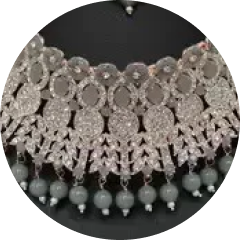 Sets (37)
Sets (37)
-
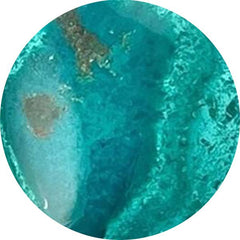 Shattuckite (278)
Shattuckite (278)
-
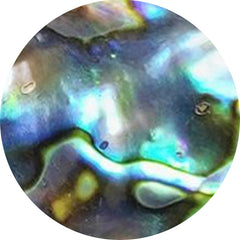 Shell (294)
Shell (294)
-
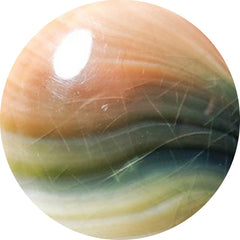 Shiva eye shell (46)
Shiva eye shell (46)
-
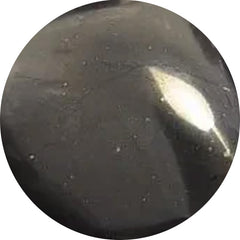 Shungite (4)
Shungite (4)
-
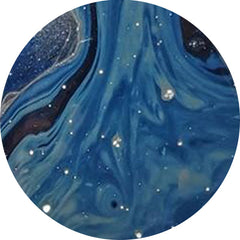 Sieber agate (0)
Sieber agate (0)
-
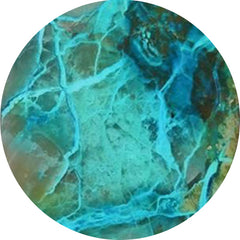 Silica (4)
Silica (4)
-
 Silicon (27)
Silicon (27)
-
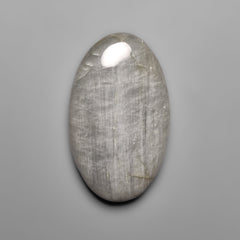 Silver leaf jasper (6)
Silver leaf jasper (6)
-
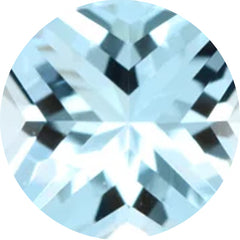 Sky blue topaz (5)
Sky blue topaz (5)
-
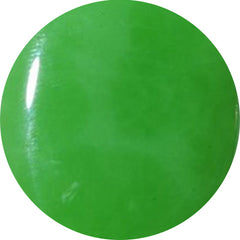 Smithsonite (29)
Smithsonite (29)
-
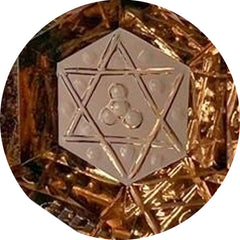 Smoky quartz (23)
Smoky quartz (23)
-
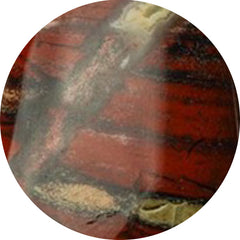 Snakeskin jasper (48)
Snakeskin jasper (48)
-
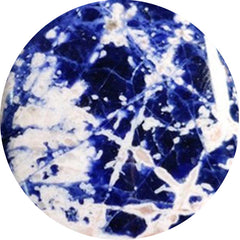 Sodalite (72)
Sodalite (72)
-
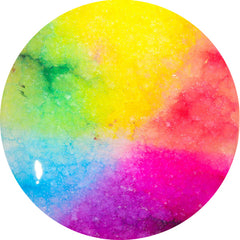 Solar agate (1)
Solar agate (1)
-
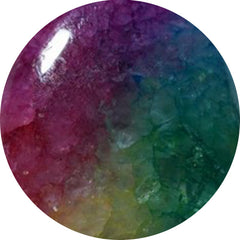 Solar quartz (51)
Solar quartz (51)
-
 Sonoran dendritic rhyolite (5)
Sonoran dendritic rhyolite (5)
-
 Spectrolite (128)
Spectrolite (128)
-
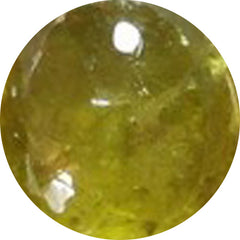 Sphence (25)
Sphence (25)
-
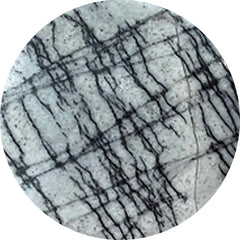 Spiderweb jasper (1)
Spiderweb jasper (1)
-
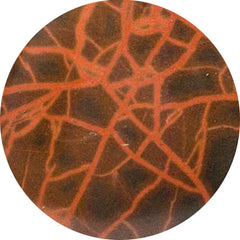 Spiderwoman jasper (0)
Spiderwoman jasper (0)
-
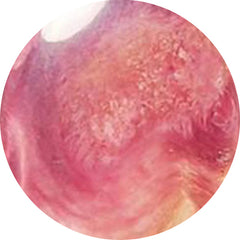 Spiny oyster shell (66)
Spiny oyster shell (66)
-
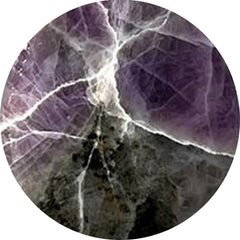 Spurrite (7)
Spurrite (7)
-
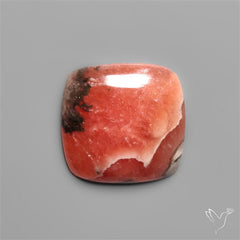 Square shape gemstones (10)
Square shape gemstones (10)
-
 Starburst (2)
Starburst (2)
-
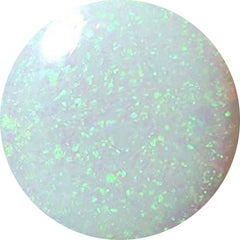 Sterling opal (11)
Sterling opal (11)
-
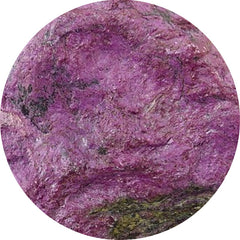 Stichtite (37)
Stichtite (37)
-
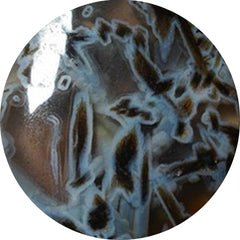 Stick agate (6)
Stick agate (6)
-
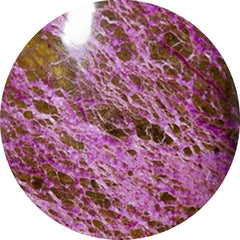 Stitchtite (121)
Stitchtite (121)
-
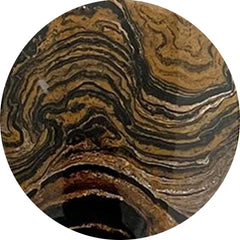 Stramatolite (0)
Stramatolite (0)
-
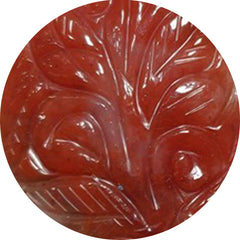 Strawberry quartz (8)
Strawberry quartz (8)
-
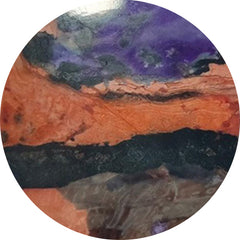 Sugilite (0)
Sugilite (0)
-
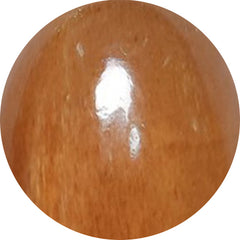 Sunstone (270)
Sunstone (270)
-
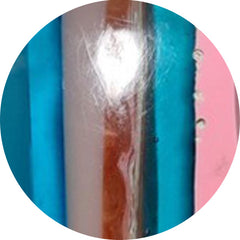 Surfite (1)
Surfite (1)
-
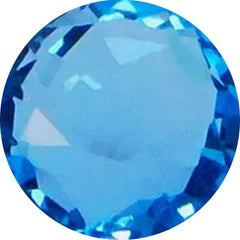 Swiss blue topaz (31)
Swiss blue topaz (31)
-
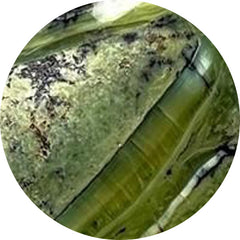 Swiss opal (3)
Swiss opal (3)
-
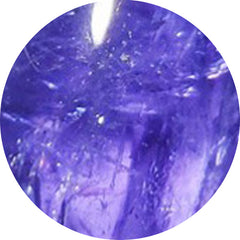 Tanzanite (51)
Tanzanite (51)
-
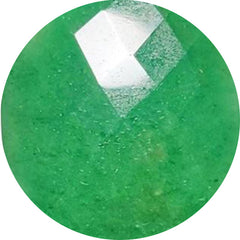 Tanzurine (12)
Tanzurine (12)
-
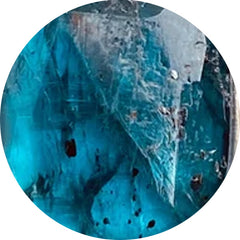 Teal kyanite (9)
Teal kyanite (9)
-
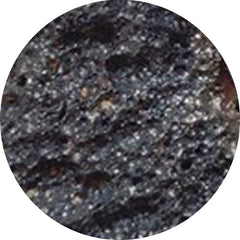 Tektite (42)
Tektite (42)
-
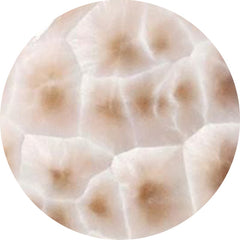 Thomsonite (35)
Thomsonite (35)
-
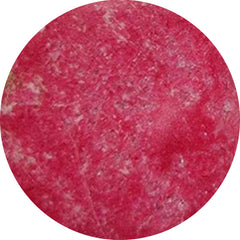 Thulite (80)
Thulite (80)
-
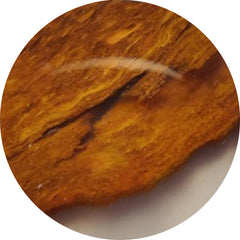 Thunder egg agate (0)
Thunder egg agate (0)
-
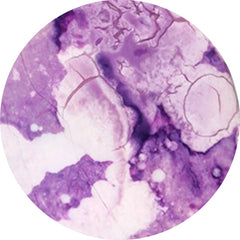 Tiffany stone (6)
Tiffany stone (6)
-
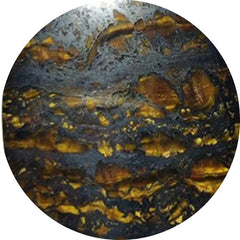 Tiger eye (66)
Tiger eye (66)
-
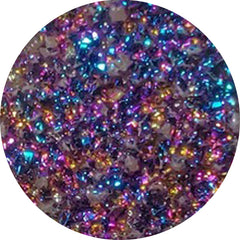 Titanium druzy (5)
Titanium druzy (5)
-
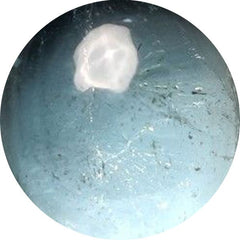 Topaz (49)
Topaz (49)
-
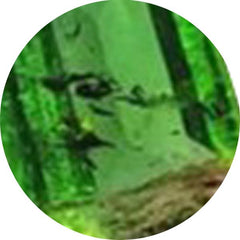 Tourmaline (242)
Tourmaline (242)
-
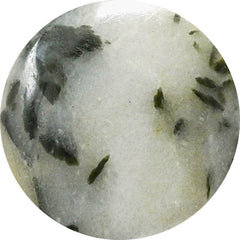 Tourmaline in quartz (86)
Tourmaline in quartz (86)
-
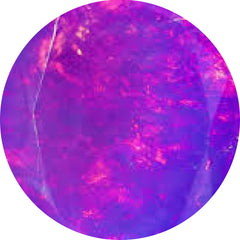 Treated opal (59)
Treated opal (59)
-
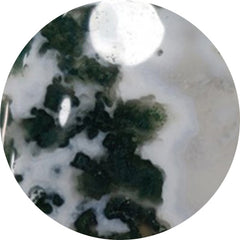 Tree agate (31)
Tree agate (31)
-
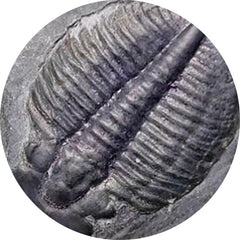 Trilobite fossil (18)
Trilobite fossil (18)
-
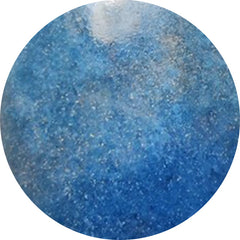 Trolleite quartz (30)
Trolleite quartz (30)
-
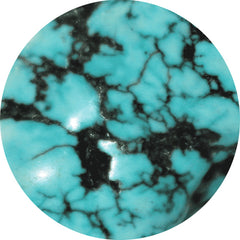 Tumbles (1)
Tumbles (1)
-
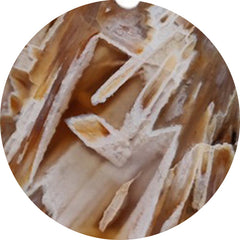 Turkish tube agate (63)
Turkish tube agate (63)
-
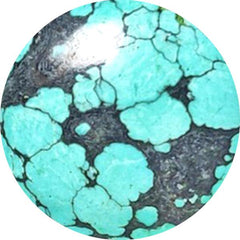 Turquoise (269)
Turquoise (269)
-
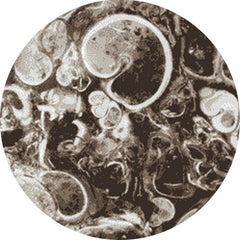 Turritella jasper (3)
Turritella jasper (3)
-
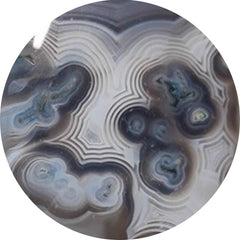 Tuxedo agate (64)
Tuxedo agate (64)
-
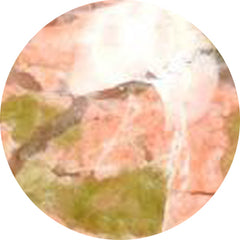 Unakite (3)
Unakite (3)
-
 Under $10 (4067)
Under $10 (4067)
-
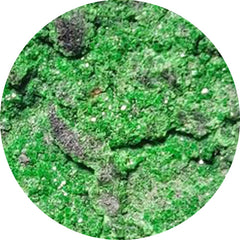 Uvarovite garnet (3)
Uvarovite garnet (3)
-
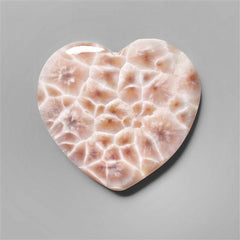 Valentine (802)
Valentine (802)
-
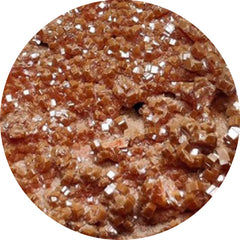 Vanadinite druzy (9)
Vanadinite druzy (9)
-
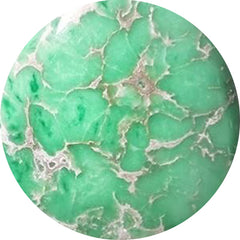 Variscite (137)
Variscite (137)
-
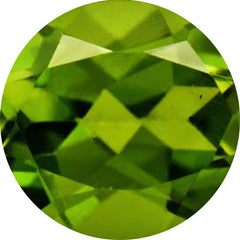 Vesuvianite (1)
Vesuvianite (1)
-
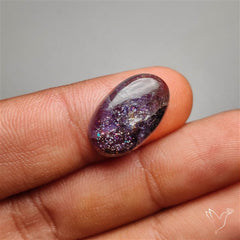 Video collection (265)
Video collection (265)
-
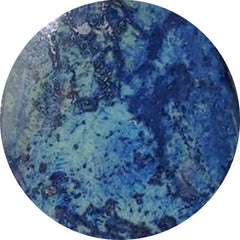 Vivianite (1)
Vivianite (1)
-
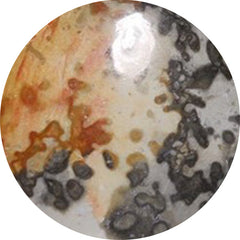 Volcanic cotham marble (7)
Volcanic cotham marble (7)
-
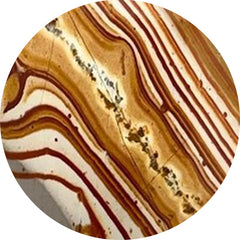 Wagul jasper (3)
Wagul jasper (3)
-
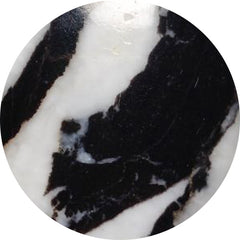 White buffalo turquoise (14)
White buffalo turquoise (14)
-
 White gemstones (1210)
White gemstones (1210)
-
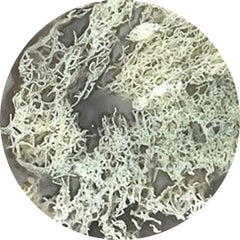 White horse canyon (45)
White horse canyon (45)
-
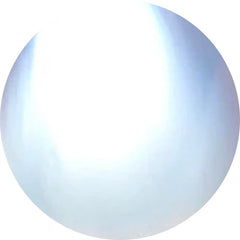 White moonstone (35)
White moonstone (35)
-
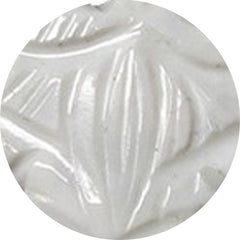 White opal (11)
White opal (11)
-
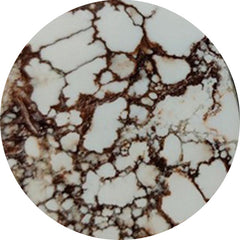 Wild horse jasper (116)
Wild horse jasper (116)
-
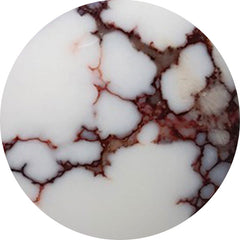 Wild horse magnesite (49)
Wild horse magnesite (49)
-
 Willow creek jasper (0)
Willow creek jasper (0)
-
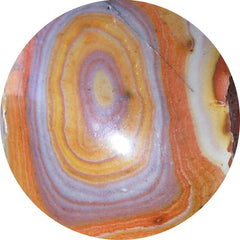 Wonder stone (0)
Wonder stone (0)
-
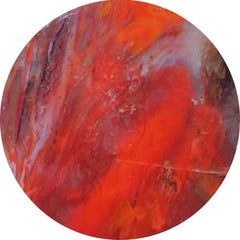 Wood (208)
Wood (208)
-
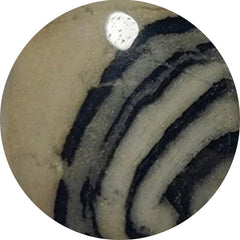 Yavapai travertine (0)
Yavapai travertine (0)
-
 Yellow gemstones (172)
Yellow gemstones (172)
-
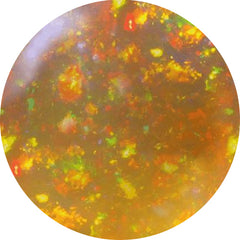 Yellow opal (7)
Yellow opal (7)
-
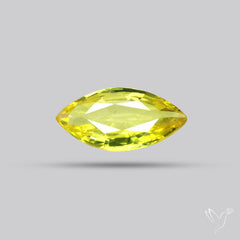 Yellow sapphire (6)
Yellow sapphire (6)
-
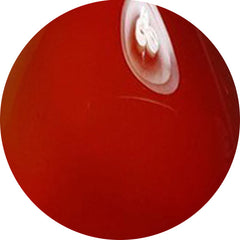 Yemeni aqeeq (0)
Yemeni aqeeq (0)
-
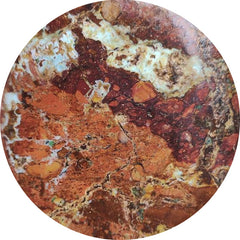 Zarinite (0)
Zarinite (0)
-
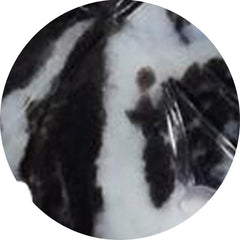 Zebra jasper (1)
Zebra jasper (1)
-
 Zodiac sign (1)
Zodiac sign (1)
-
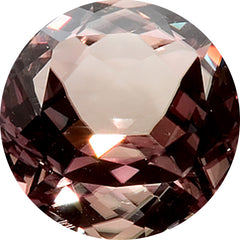 Zultanite (4)
Zultanite (4)
-
- Popular Gemstones
- Birthstones
- Blogs
- Help
Whatsapp

-
- New Listings (25/11/2025)
- Shop by Collection
- All Gemstones
-
 Abalone shell
(122)
Abalone shell
(122)
-
 Actinolite
(1)
Actinolite
(1)
-
 Affordable gemstones
(17133)
Affordable gemstones
(17133)
-
 Afghanite
(7)
Afghanite
(7)
-
 Agate
(2480)
Agate
(2480)
-
 Agua nueva
(11)
Agua nueva
(11)
-
 All gemstones
(1)
All gemstones
(1)
-
 Amazonite
(153)
Amazonite
(153)
-
 Amber
(116)
Amber
(116)
-
 Amethyst
(571)
Amethyst
(571)
-
 Ametrine
(22)
Ametrine
(22)
-
 Ammolite
(25)
Ammolite
(25)
-
 Ammonite
(70)
Ammonite
(70)
-
 Andalusite
(1)
Andalusite
(1)
-
 Andamooka opal
(0)
Andamooka opal
(0)
-
 Andesine
(0)
Andesine
(0)
-
 Angelite
(28)
Angelite
(28)
-
 Apache gold
(22)
Apache gold
(22)
-
 Apatite
(134)
Apatite
(134)
-
 Apophyllite
(1)
Apophyllite
(1)
-
 Apple valley agate
(0)
Apple valley agate
(0)
-
 Aqeeq
(0)
Aqeeq
(0)
-
 Aqua chalcedony
(18)
Aqua chalcedony
(18)
-
 Aquamarine
(77)
Aquamarine
(77)
-
 Aquaprase
(64)
Aquaprase
(64)
-
 Aragonite
(16)
Aragonite
(16)
-
 Arfvedsonite
(12)
Arfvedsonite
(12)
-
 Aristolite
(0)
Aristolite
(0)
-
 Arizona turquoise
(0)
Arizona turquoise
(0)
-
 Arnioceras semicostatum fossil
(0)
Arnioceras semicostatum fossil
(0)
-
 Asteroid jasper
(11)
Asteroid jasper
(11)
-
 Astrophyllite
(54)
Astrophyllite
(54)
-
 Atlantasite
(87)
Atlantasite
(87)
-
 Aura quartz
(0)
Aura quartz
(0)
-
 Aurora opal
(314)
Aurora opal
(314)
-
 Australian opal
(19)
Australian opal
(19)
-
 Aventurine
(64)
Aventurine
(64)
-
 Azurite
(281)
Azurite
(281)
-
 Azurite malachite
(19)
Azurite malachite
(19)
-
 Banded agate
(79)
Banded agate
(79)
-
 Barber agate
(0)
Barber agate
(0)
-
 Barite
(13)
Barite
(13)
-
 Beer quartz
(23)
Beer quartz
(23)
-
 Berber agate
(4)
Berber agate
(4)
-
 Bestsellers: a selection of our most-loved stones
(448)
Bestsellers: a selection of our most-loved stones
(448)
-
 Biggs jasper
(29)
Biggs jasper
(29)
-
 Bird eye jasper
(45)
Bird eye jasper
(45)
-
 Biwa pearl
(34)
Biwa pearl
(34)
-
 Black onyx
(180)
Black onyx
(180)
-
 Black opal
(57)
Black opal
(57)
-
 Black spinel
(33)
Black spinel
(33)
-
 Black star
(31)
Black star
(31)
-
 Black tourmaline
(77)
Black tourmaline
(77)
-
 Blister pearl
(30)
Blister pearl
(30)
-
 Bloodshot iolite
(77)
Bloodshot iolite
(77)
-
 Bloodstone
(66)
Bloodstone
(66)
-
 Blue chalcedony
(41)
Blue chalcedony
(41)
-
 Blue diopside
(0)
Blue diopside
(0)
-
 Blue gemstones
(1247)
Blue gemstones
(1247)
-
 Blue horizon
(15)
Blue horizon
(15)
-
 Blue kyanite
(34)
Blue kyanite
(34)
-
 Blue lace agate
(256)
Blue lace agate
(256)
-
 Blue mountain jasper
(0)
Blue mountain jasper
(0)
-
 Blue opal
(151)
Blue opal
(151)
-
 Blue quartz
(40)
Blue quartz
(40)
-
 Blue topaz
(49)
Blue topaz
(49)
-
 Bone
(9)
Bone
(9)
-
 Botswana agate
(244)
Botswana agate
(244)
-
 Bronze
(0)
Bronze
(0)
-
 Bronzite
(2)
Bronzite
(2)
-
 Bruneau jasper
(15)
Bruneau jasper
(15)
-
 Bumble bee jasper
(199)
Bumble bee jasper
(199)
-
 Buy gemstones in usa
(881)
Buy gemstones in usa
(881)
-
 Cacoxenite
(65)
Cacoxenite
(65)
-
 Calcite
(220)
Calcite
(220)
-
 Calibrated
(136)
Calibrated
(136)
-
 Calsilica
(0)
Calsilica
(0)
-
 Candy corn
(6)
Candy corn
(6)
-
 Cantera opal
(18)
Cantera opal
(18)
-
 Caramel opal
(2)
Caramel opal
(2)
-
 Carnelian
(46)
Carnelian
(46)
-
 Cats eye
(61)
Cats eye
(61)
-
 Cavansite
(16)
Cavansite
(16)
-
 Celestobarite
(7)
Celestobarite
(7)
-
 Ceruleite
(0)
Ceruleite
(0)
-
 Chakra stone
(31)
Chakra stone
(31)
-
 Chalcedony
(444)
Chalcedony
(444)
-
 Charoite
(189)
Charoite
(189)
-
 Cherry creek jasper
(10)
Cherry creek jasper
(10)
-
 Chiastolite
(16)
Chiastolite
(16)
-
 Chrome chalcedony
(82)
Chrome chalcedony
(82)
-
 Chrome diopside
(20)
Chrome diopside
(20)
-
 Chrysanthemum fossil
(0)
Chrysanthemum fossil
(0)
-
 Chrysocolla
(421)
Chrysocolla
(421)
-
 Chrysocolla malachite
(76)
Chrysocolla malachite
(76)
-
 Chrysoprase
(321)
Chrysoprase
(321)
-
 Cinnabar
(14)
Cinnabar
(14)
-
 Citrine
(110)
Citrine
(110)
-
 Cobalto calcite
(66)
Cobalto calcite
(66)
-
 Cobra jasper
(29)
Cobra jasper
(29)
-
 Coconut jasper
(2)
Coconut jasper
(2)
-
 Coffee bean jasper
(2)
Coffee bean jasper
(2)
-
 Conch shell
(6)
Conch shell
(6)
-
 Coppernite
(0)
Coppernite
(0)
-
 Coral
(352)
Coral
(352)
-
 Covellite
(4)
Covellite
(4)
-
 Crazy lace agate
(187)
Crazy lace agate
(187)
-
 Crystal
(204)
Crystal
(204)
-
 Cuprite
(26)
Cuprite
(26)
-
 Dendritic agate
(442)
Dendritic agate
(442)
-
 Dendritic opal
(75)
Dendritic opal
(75)
-
 Dendritic quartz
(2)
Dendritic quartz
(2)
-
 Desert glass
(9)
Desert glass
(9)
-
 Desert jasper druzy
(15)
Desert jasper druzy
(15)
-
 Desert sunset jasper
(10)
Desert sunset jasper
(10)
-
 Dichroic glass
(145)
Dichroic glass
(145)
-
 Dinosaur bone fossil
(3)
Dinosaur bone fossil
(3)
-
 Diopside
(54)
Diopside
(54)
-
 Dragonblood jasper
(1)
Dragonblood jasper
(1)
-
 Dumortierite
(60)
Dumortierite
(60)
-
 Emerald
(63)
Emerald
(63)
-
 Epidote
(10)
Epidote
(10)
-
 Ethiopian opal
(122)
Ethiopian opal
(122)
-
 Eudialyte
(11)
Eudialyte
(11)
-
 Fawn jasper
(13)
Fawn jasper
(13)
-
 Feather agate
(0)
Feather agate
(0)
-
 Feather pyrite
(39)
Feather pyrite
(39)
-
 Fine ametrine
(22)
Fine ametrine
(22)
-
 Fine black opal
(6)
Fine black opal
(6)
-
 Fine black spinel
(14)
Fine black spinel
(14)
-
 Fine chrysoprase
(16)
Fine chrysoprase
(16)
-
 Fine citrine
(24)
Fine citrine
(24)
-
 Fine ethiopian opal
(18)
Fine ethiopian opal
(18)
-
 Fine fire opal
(7)
Fine fire opal
(7)
-
 Fine lemon quartz
(14)
Fine lemon quartz
(14)
-
 Fine lepidocrocite
(46)
Fine lepidocrocite
(46)
-
 Fine moldavite
(21)
Fine moldavite
(21)
-
 Fine ruby
(15)
Fine ruby
(15)
-
 Fine rutilated quartz
(19)
Fine rutilated quartz
(19)
-
 Fire agate
(7)
Fire agate
(7)
-
 Fire opals
(43)
Fire opals
(43)
-
 Flint stone
(10)
Flint stone
(10)
-
 Fluorite
(155)
Fluorite
(155)
-
 Fordite
(63)
Fordite
(63)
-
 Fossil coral
(320)
Fossil coral
(320)
-
 Fossil marston marble
(20)
Fossil marston marble
(20)
-
 Fossils
(513)
Fossils
(513)
-
 Freshwater pearl
(22)
Freshwater pearl
(22)
-
 Fruit jasper
(14)
Fruit jasper
(14)
-
 Fuchsite
(7)
Fuchsite
(7)
-
 Fuschite
(10)
Fuschite
(10)
-
 Galaxy jasper
(9)
Galaxy jasper
(9)
-
 Garden quartz
(6)
Garden quartz
(6)
-
 Garnet
(119)
Garnet
(119)
-
 Garnet in limestone
(36)
Garnet in limestone
(36)
-
 Gaspeite
(12)
Gaspeite
(12)
-
 Geode
(32)
Geode
(32)
-
 Gibeon meteorite
(23)
Gibeon meteorite
(23)
-
 Gila monster agate
(16)
Gila monster agate
(16)
-
 Gilson opal
(22)
Gilson opal
(22)
-
 Glass
(182)
Glass
(182)
-
 Glow stone
(12)
Glow stone
(12)
-
 Goldstone
(35)
Goldstone
(35)
-
 Grandidierite
(7)
Grandidierite
(7)
-
 Grape agate
(114)
Grape agate
(114)
-
 Grape chalcedony
(4)
Grape chalcedony
(4)
-
 Green kyanite
(7)
Green kyanite
(7)
-
 Green prase opal
(8)
Green prase opal
(8)
-
 Green tourmaline
(24)
Green tourmaline
(24)
-
 Grey moonstone
(31)
Grey moonstone
(31)
-
 Guava quartz
(9)
Guava quartz
(9)
-
 Hackmanite
(11)
Hackmanite
(11)
-
 Heart carving
(350)
Heart carving
(350)
-
 Heart shape gemstones
(3)
Heart shape gemstones
(3)
-
 Heliodor
(0)
Heliodor
(0)
-
 Hematite
(37)
Hematite
(37)
-
 Hemimorphite
(54)
Hemimorphite
(54)
-
 Herkimer diamond
(38)
Herkimer diamond
(38)
-
 Himalayan quartz
(437)
Himalayan quartz
(437)
-
 Honey quartz
(19)
Honey quartz
(19)
-
 Howardite opal
(29)
Howardite opal
(29)
-
 Howlite
(4)
Howlite
(4)
-
 Hubei turquoise
(54)
Hubei turquoise
(54)
-
 Hungarian agate
(1)
Hungarian agate
(1)
-
 Hypersthene
(42)
Hypersthene
(42)
-
 Ice quartz
(1)
Ice quartz
(1)
-
 Idocrase
(1)
Idocrase
(1)
-
 Imperial jasper
(115)
Imperial jasper
(115)
-
 Imperial topaz
(0)
Imperial topaz
(0)
-
 Indian paint stone
(5)
Indian paint stone
(5)
-
 Iolite
(160)
Iolite
(160)
-
 Iron quartz
(48)
Iron quartz
(48)
-
 Jade
(34)
Jade
(34)
-
 Jaspers
(32)
Jaspers
(32)
-
 Jaspillite
(3)
Jaspillite
(3)
-
 Java chalcedony
(16)
Java chalcedony
(16)
-
 June birthstones: moonstone, pearl, and alexandrite
(1054)
June birthstones: moonstone, pearl, and alexandrite
(1054)
-
 K2 jasper
(7)
K2 jasper
(7)
-
 Kaleidoscope agate
(0)
Kaleidoscope agate
(0)
-
 Kammererite
(103)
Kammererite
(103)
-
 Kunzite
(7)
Kunzite
(7)
-
 Kyanite
(99)
Kyanite
(99)
-
 Labradorite
(277)
Labradorite
(277)
-
 Laguna lace agate
(60)
Laguna lace agate
(60)
-
 Lake superior agate
(25)
Lake superior agate
(25)
-
 Landscape jasper
(0)
Landscape jasper
(0)
-
 Langite
(0)
Langite
(0)
-
 Lapis lazuli
(163)
Lapis lazuli
(163)
-
 Larimar
(125)
Larimar
(125)
-
 Larsonite
(17)
Larsonite
(17)
-
 Larvikite feldspar
(46)
Larvikite feldspar
(46)
-
 Lavender chalcedony
(17)
Lavender chalcedony
(17)
-
 Lavender quartz
(5)
Lavender quartz
(5)
-
 Lazulite
(8)
Lazulite
(8)
-
 Lemon quartz
(44)
Lemon quartz
(44)
-
 Leopard skin shell
(0)
Leopard skin shell
(0)
-
 Lepidocrocite
(55)
Lepidocrocite
(55)
-
 Lepidolite
(82)
Lepidolite
(82)
-
 Lindy star sapphire
(0)
Lindy star sapphire
(0)
-
 Lizardite
(55)
Lizardite
(55)
-
 Lodolite
(93)
Lodolite
(93)
-
 London blue topaz
(10)
London blue topaz
(10)
-
 Malachite
(577)
Malachite
(577)
-
 Malawi moonstone
(137)
Malawi moonstone
(137)
-
 Maligano jasper
(71)
Maligano jasper
(71)
-
 Marcasite
(27)
Marcasite
(27)
-
 Marquise shape gemstones
(5)
Marquise shape gemstones
(5)
-
 Mary ellen jasper
(0)
Mary ellen jasper
(0)
-
 Maw sit sit
(15)
Maw sit sit
(15)
-
 Meteorite
(23)
Meteorite
(23)
-
 Mica
(45)
Mica
(45)
-
 Midnight quartzite
(20)
Midnight quartzite
(20)
-
 Millefiori glass
(2)
Millefiori glass
(2)
-
 Mohave turquoise
(57)
Mohave turquoise
(57)
-
 Mohawkites
(20)
Mohawkites
(20)
-
 Moldavite
(47)
Moldavite
(47)
-
 Monarch opal
(29)
Monarch opal
(29)
-
 Montana agate
(83)
Montana agate
(83)
-
 Mookaite
(39)
Mookaite
(39)
-
 Moonstone
(400)
Moonstone
(400)
-
 Morado opal
(1)
Morado opal
(1)
-
 Morenci turquoise
(39)
Morenci turquoise
(39)
-
 Morganite
(0)
Morganite
(0)
-
 Moroccan seam agate
(119)
Moroccan seam agate
(119)
-
 Moss agate
(385)
Moss agate
(385)
-
 Mother of pearl
(527)
Mother of pearl
(527)
-
 Mtorolite
(46)
Mtorolite
(46)
-
 Muscovite
(21)
Muscovite
(21)
-
 Mystic quartz
(1)
Mystic quartz
(1)
-
 Native copper
(39)
Native copper
(39)
-
 Natrolite
(26)
Natrolite
(26)
-
 Nellite
(6)
Nellite
(6)
-
 Nephrite jade
(2)
Nephrite jade
(2)
-
 Noreena jasper
(28)
Noreena jasper
(28)
-
 Nuummite
(2)
Nuummite
(2)
-
 Obsidian
(339)
Obsidian
(339)
-
 Ocean jasper
(253)
Ocean jasper
(253)
-
 Olive quartz
(5)
Olive quartz
(5)
-
 Onyx
(287)
Onyx
(287)
-
 Opal
(1146)
Opal
(1146)
-
 Opalina
(11)
Opalina
(11)
-
 Opalite
(30)
Opalite
(30)
-
 Opalwood
(5)
Opalwood
(5)
-
 Orange kyanite
(2)
Orange kyanite
(2)
-
 Oregon jasper
(7)
Oregon jasper
(7)
-
 Orthoceras fossil
(36)
Orthoceras fossil
(36)
-
 Outback jasper
(5)
Outback jasper
(5)
-
 Oval shape gemstones
(6)
Oval shape gemstones
(6)
-
 Palmroot agate
(92)
Palmroot agate
(92)
-
 Passion agate
(1)
Passion agate
(1)
-
 Peach moonstone
(45)
Peach moonstone
(45)
-
 Peanut obsidian
(40)
Peanut obsidian
(40)
-
 Peanut wood jasper
(178)
Peanut wood jasper
(178)
-
 Pear shape gemstones
(9)
Pear shape gemstones
(9)
-
 Pearl
(654)
Pearl
(654)
-
 Peridot
(59)
Peridot
(59)
-
 Petalite
(25)
Petalite
(25)
-
 Petrified wood
(55)
Petrified wood
(55)
-
 Phosphosiderite
(94)
Phosphosiderite
(94)
-
 Picasso jasper
(81)
Picasso jasper
(81)
-
 Picture jasper
(81)
Picture jasper
(81)
-
 Pietersite
(47)
Pietersite
(47)
-
 Pink opal
(151)
Pink opal
(151)
-
 Pink tourmaline
(90)
Pink tourmaline
(90)
-
 Pinolith
(35)
Pinolith
(35)
-
 Plume agate
(96)
Plume agate
(96)
-
 Polka dot agate
(42)
Polka dot agate
(42)
-
 Polychrome jasper
(42)
Polychrome jasper
(42)
-
 Porcelain jasper
(30)
Porcelain jasper
(30)
-
 Prasiolite
(45)
Prasiolite
(45)
-
 Prehnite
(22)
Prehnite
(22)
-
 Psilomelane
(23)
Psilomelane
(23)
-
 Purple chalcedony
(45)
Purple chalcedony
(45)
-
 Purpurite
(7)
Purpurite
(7)
-
 Pyrite
(137)
Pyrite
(137)
-
 Quartz
(125)
Quartz
(125)
-
 Rain moonstones
(0)
Rain moonstones
(0)
-
 Rainbow calcilica
(11)
Rainbow calcilica
(11)
-
 Rainbow moonstone
(86)
Rainbow moonstone
(86)
-
 Red coral
(8)
Red coral
(8)
-
 Red fossil
(0)
Red fossil
(0)
-
 Red jasper
(3)
Red jasper
(3)
-
 Red moss agate
(76)
Red moss agate
(76)
-
 Red river jasper
(16)
Red river jasper
(16)
-
 Rhodochrosite
(405)
Rhodochrosite
(405)
-
 Rhodonite
(81)
Rhodonite
(81)
-
 Rock chalcedony
(2)
Rock chalcedony
(2)
-
 Rose quartz
(54)
Rose quartz
(54)
-
 Rosita jasper
(10)
Rosita jasper
(10)
-
 Round shape gemstones
(6)
Round shape gemstones
(6)
-
 Rubellite
(77)
Rubellite
(77)
-
 Ruby
(199)
Ruby
(199)
-
 Ruby in fuchsite
(6)
Ruby in fuchsite
(6)
-
 Ruby in zoisite
(92)
Ruby in zoisite
(92)
-
 Rutilated quartz
(263)
Rutilated quartz
(263)
-
 Sage brush jasper
(27)
Sage brush jasper
(27)
-
 Sand dollar fossil
(3)
Sand dollar fossil
(3)
-
 Sapphire
(32)
Sapphire
(32)
-
 Saturn chalcedony
(57)
Saturn chalcedony
(57)
-
 Scapolite
(13)
Scapolite
(13)
-
 Scenic agate
(99)
Scenic agate
(99)
-
 Schalenblende
(88)
Schalenblende
(88)
-
 Scheelite
(37)
Scheelite
(37)
-
 Scolecite
(52)
Scolecite
(52)
-
 Sea sediment jasper
(0)
Sea sediment jasper
(0)
-
 Selenite
(13)
Selenite
(13)
-
 Septarian
(92)
Septarian
(92)
-
 Seraphinite
(81)
Seraphinite
(81)
-
 Serpentine
(165)
Serpentine
(165)
-
 Shattuckite
(278)
Shattuckite
(278)
-
 Shell
(294)
Shell
(294)
-
 Shiva eye shell
(46)
Shiva eye shell
(46)
-
 Shungite
(4)
Shungite
(4)
-
 Sieber agate
(0)
Sieber agate
(0)
-
 Silica
(4)
Silica
(4)
-
 Silicon
(27)
Silicon
(27)
-
 Silver leaf jasper
(6)
Silver leaf jasper
(6)
-
 Sky blue topaz
(5)
Sky blue topaz
(5)
-
 Smithsonite
(29)
Smithsonite
(29)
-
 Smoky quartz
(23)
Smoky quartz
(23)
-
 Snakeskin jasper
(48)
Snakeskin jasper
(48)
-
 Sodalite
(72)
Sodalite
(72)
-
 Solar agate
(1)
Solar agate
(1)
-
 Solar quartz
(51)
Solar quartz
(51)
-
 Sonoran dendritic rhyolite
(5)
Sonoran dendritic rhyolite
(5)
-
 Spectrolite
(128)
Spectrolite
(128)
-
 Sphence
(25)
Sphence
(25)
-
 Spiderweb jasper
(1)
Spiderweb jasper
(1)
-
 Spiderwoman jasper
(0)
Spiderwoman jasper
(0)
-
 Spiny oyster shell
(66)
Spiny oyster shell
(66)
-
 Spurrite
(7)
Spurrite
(7)
-
 Square shape gemstones
(10)
Square shape gemstones
(10)
-
 Starburst
(2)
Starburst
(2)
-
 Sterling opal
(11)
Sterling opal
(11)
-
 Stichtite
(37)
Stichtite
(37)
-
 Stick agate
(6)
Stick agate
(6)
-
 Stitchtite
(121)
Stitchtite
(121)
-
 Stramatolite
(0)
Stramatolite
(0)
-
 Strawberry quartz
(8)
Strawberry quartz
(8)
-
 Sugilite
(0)
Sugilite
(0)
-
 Sunstone
(270)
Sunstone
(270)
-
 Surfite
(1)
Surfite
(1)
-
 Swiss blue topaz
(31)
Swiss blue topaz
(31)
-
 Swiss opal
(3)
Swiss opal
(3)
-
 Tanzanite
(51)
Tanzanite
(51)
-
 Tanzurine
(12)
Tanzurine
(12)
-
 Teal kyanite
(9)
Teal kyanite
(9)
-
 Tektite
(42)
Tektite
(42)
-
 Thomsonite
(35)
Thomsonite
(35)
-
 Thulite
(80)
Thulite
(80)
-
 Thunder egg agate
(0)
Thunder egg agate
(0)
-
 Tiffany stone
(6)
Tiffany stone
(6)
-
 Tiger eye
(66)
Tiger eye
(66)
-
 Titanium druzy
(5)
Titanium druzy
(5)
-
 Topaz
(49)
Topaz
(49)
-
 Tourmaline
(242)
Tourmaline
(242)
-
 Tourmaline in quartz
(86)
Tourmaline in quartz
(86)
-
 Treated opal
(59)
Treated opal
(59)
-
 Tree agate
(31)
Tree agate
(31)
-
 Trilobite fossil
(18)
Trilobite fossil
(18)
-
 Trolleite quartz
(30)
Trolleite quartz
(30)
-
 Tumbles
(1)
Tumbles
(1)
-
 Turkish tube agate
(63)
Turkish tube agate
(63)
-
 Turquoise
(269)
Turquoise
(269)
-
 Turritella jasper
(3)
Turritella jasper
(3)
-
 Tuxedo agate
(64)
Tuxedo agate
(64)
-
 Unakite
(3)
Unakite
(3)
-
 Uvarovite garnet
(3)
Uvarovite garnet
(3)
-
 Valentine
(802)
Valentine
(802)
-
 Vanadinite druzy
(9)
Vanadinite druzy
(9)
-
 Variscite
(137)
Variscite
(137)
-
 Vesuvianite
(1)
Vesuvianite
(1)
-
 Video collection
(265)
Video collection
(265)
-
 Vivianite
(1)
Vivianite
(1)
-
 Volcanic cotham marble
(7)
Volcanic cotham marble
(7)
-
 Wagul jasper
(3)
Wagul jasper
(3)
-
 White buffalo turquoise
(14)
White buffalo turquoise
(14)
-
 White horse canyon
(45)
White horse canyon
(45)
-
 White moonstone
(35)
White moonstone
(35)
-
 White opal
(11)
White opal
(11)
-
 Wild horse jasper
(116)
Wild horse jasper
(116)
-
 Wild horse magnesite
(49)
Wild horse magnesite
(49)
-
 Willow creek jasper
(0)
Willow creek jasper
(0)
-
 Wonder stone
(0)
Wonder stone
(0)
-
 Wood
(208)
Wood
(208)
-
 Yavapai travertine
(0)
Yavapai travertine
(0)
-
 Yellow opal
(7)
Yellow opal
(7)
-
 Yellow sapphire
(6)
Yellow sapphire
(6)
-
 Yemeni aqeeq
(0)
Yemeni aqeeq
(0)
-
 Zarinite
(0)
Zarinite
(0)
-
 Zebra jasper
(1)
Zebra jasper
(1)
-
 Zodiac sign
(1)
Zodiac sign
(1)
-
 Zultanite
(4)
Zultanite
(4)
$ABCDEFGHIJKLMNOPQRSTUVWYZ - Popular Gemstones
- Birthstones
- Blogs
- Help
 Abalone shell (122)
Abalone shell (122)
 Actinolite (1)
Actinolite (1)
 Affordable gemstones (17133)
Affordable gemstones (17133)
 Afghanite (7)
Afghanite (7)
 Agate (2480)
Agate (2480)
 Agua nueva (11)
Agua nueva (11)
 All gemstones (1)
All gemstones (1)
 Amazonite (153)
Amazonite (153)
 Amber (116)
Amber (116)
 Amethyst (571)
Amethyst (571)
 Ametrine (22)
Ametrine (22)
 Ammolite (25)
Ammolite (25)
 Ammonite (70)
Ammonite (70)
 Andalusite (1)
Andalusite (1)
 Andamooka opal (0)
Andamooka opal (0)
 Andesine (0)
Andesine (0)
 Angelite (28)
Angelite (28)
 Apache gold (22)
Apache gold (22)
 Apatite (134)
Apatite (134)
 Apophyllite (1)
Apophyllite (1)
 Apple valley agate (0)
Apple valley agate (0)
 April birthstone (1844)
April birthstone (1844)
 Aqeeq (0)
Aqeeq (0)
 Aqua chalcedony (18)
Aqua chalcedony (18)
 Aquamarine (77)
Aquamarine (77)
 Aquaprase (64)
Aquaprase (64)
 Aragonite (16)
Aragonite (16)
 Arfvedsonite (12)
Arfvedsonite (12)
 Aristolite (0)
Aristolite (0)
 Arizona turquoise (0)
Arizona turquoise (0)
 Arnioceras semicostatum fossil (0)
Arnioceras semicostatum fossil (0)
 Asteroid jasper (11)
Asteroid jasper (11)
 Astrophyllite (54)
Astrophyllite (54)
 Atlantasite (87)
Atlantasite (87)
 August birthstone (92)
August birthstone (92)
 Aura quartz (0)
Aura quartz (0)
 Aurora opal (314)
Aurora opal (314)
 Australian opal (19)
Australian opal (19)
 Aventurine (64)
Aventurine (64)
 Azurite (281)
Azurite (281)
 Azurite malachite (19)
Azurite malachite (19)
 Banded agate (79)
Banded agate (79)
 Barber agate (0)
Barber agate (0)
 Barite (13)
Barite (13)
 Beads (55)
Beads (55)
 Beer quartz (23)
Beer quartz (23)
 Berber agate (4)
Berber agate (4)
 Best seller (0)
Best seller (0)
 Bestsellers: a selection of our most-loved stones (448)
Bestsellers: a selection of our most-loved stones (448)
 Biggs jasper (29)
Biggs jasper (29)
 Bird carving (104)
Bird carving (104)
 Bird eye jasper (45)
Bird eye jasper (45)
 Birthstones (0)
Birthstones (0)
 Biwa pearl (34)
Biwa pearl (34)
 Black gemstones (967)
Black gemstones (967)
 Black onyx (180)
Black onyx (180)
 Black opal (57)
Black opal (57)
 Black spinel (33)
Black spinel (33)
 Black star (31)
Black star (31)
 Black tourmaline (77)
Black tourmaline (77)
 Blister pearl (30)
Blister pearl (30)
 Bloodshot iolite (77)
Bloodshot iolite (77)
 Bloodstone (66)
Bloodstone (66)
 Blue chalcedony (41)
Blue chalcedony (41)
 Blue diopside (0)
Blue diopside (0)
 Blue horizon (15)
Blue horizon (15)
 Blue kyanite (34)
Blue kyanite (34)
 Blue lace agate (256)
Blue lace agate (256)
 Blue mountain jasper (0)
Blue mountain jasper (0)
 Blue opal (151)
Blue opal (151)
 Blue quartz (40)
Blue quartz (40)
 Blue topaz (49)
Blue topaz (49)
 Bone (9)
Bone (9)
 Botswana agate (244)
Botswana agate (244)
 Bronze (0)
Bronze (0)
 Bronzite (2)
Bronzite (2)
 Bruneau jasper (15)
Bruneau jasper (15)
 Bumble bee jasper (199)
Bumble bee jasper (199)
 Buy gemstones in usa (881)
Buy gemstones in usa (881)
 Cabochons (12859)
Cabochons (12859)
 Cacoxenite (65)
Cacoxenite (65)
 Calcite (220)
Calcite (220)
 Calibrated (136)
Calibrated (136)
 Calsilica (0)
Calsilica (0)
 Candy corn (6)
Candy corn (6)
 Cantera opal (18)
Cantera opal (18)
 Caramel opal (2)
Caramel opal (2)
 Carnelian (46)
Carnelian (46)
 Carving (1779)
Carving (1779)
 Carvings (2038)
Carvings (2038)
 Cats eye (61)
Cats eye (61)
 Cavansite (16)
Cavansite (16)
 Celestobarite (7)
Celestobarite (7)
 Ceruleite (0)
Ceruleite (0)
 Chakra stone (31)
Chakra stone (31)
 Chalcedony (444)
Chalcedony (444)
 Charoite (189)
Charoite (189)
 Cherry creek jasper (10)
Cherry creek jasper (10)
 Chiastolite (16)
Chiastolite (16)
 Chrome chalcedony (82)
Chrome chalcedony (82)
 Chrome diopside (20)
Chrome diopside (20)
 Chrysanthemum fossil (0)
Chrysanthemum fossil (0)
 Chrysocolla (421)
Chrysocolla (421)
 Chrysocolla malachite (76)
Chrysocolla malachite (76)
 Chrysoprase (321)
Chrysoprase (321)
 Cinnabar (14)
Cinnabar (14)
 Citrine (110)
Citrine (110)
 Cobalto calcite (66)
Cobalto calcite (66)
 Cobra jasper (29)
Cobra jasper (29)
 Coconut jasper (2)
Coconut jasper (2)
 Coffee bean jasper (2)
Coffee bean jasper (2)
 Conch shell (6)
Conch shell (6)
 Coppernite (0)
Coppernite (0)
 Coral (352)
Coral (352)
 Covellite (4)
Covellite (4)
 Crazy lace agate (187)
Crazy lace agate (187)
 Crystal (204)
Crystal (204)
 Cuprite (26)
Cuprite (26)
 December birthstone (318)
December birthstone (318)
 Dendritic agate (442)
Dendritic agate (442)
 Dendritic opal (75)
Dendritic opal (75)
 Dendritic quartz (2)
Dendritic quartz (2)
 Desert glass (9)
Desert glass (9)
 Desert jasper druzy (15)
Desert jasper druzy (15)
 Desert sunset jasper (10)
Desert sunset jasper (10)
 Dichroic glass (145)
Dichroic glass (145)
 Dinosaur bone fossil (3)
Dinosaur bone fossil (3)
 Diopside (54)
Diopside (54)
 Doublets (876)
Doublets (876)
 Dragonblood jasper (1)
Dragonblood jasper (1)
 Druzy (419)
Druzy (419)
 Dumortierite (60)
Dumortierite (60)
 Emerald (63)
Emerald (63)
 Epidote (10)
Epidote (10)
 Ethiopian opal (122)
Ethiopian opal (122)
 Eudialyte (11)
Eudialyte (11)
 Faceted rose cut (2460)
Faceted rose cut (2460)
 Fantasy cuts (52)
Fantasy cuts (52)
 Fawn jasper (13)
Fawn jasper (13)
 Feather agate (0)
Feather agate (0)
 Feather pyrite (39)
Feather pyrite (39)
 February birthstone (2843)
February birthstone (2843)
 Fine amethyst (32)
Fine amethyst (32)
 Fine ametrine (22)
Fine ametrine (22)
 Fine andalusite (1)
Fine andalusite (1)
 Fine apatite (5)
Fine apatite (5)
 Fine aquamarine (8)
Fine aquamarine (8)
 Fine black opal (6)
Fine black opal (6)
 Fine black spinel (14)
Fine black spinel (14)
 Fine blue topaz (30)
Fine blue topaz (30)
 Fine chrysoprase (16)
Fine chrysoprase (16)
 Fine citrine (24)
Fine citrine (24)
 Fine emerald (11)
Fine emerald (11)
 Fine ethiopian opal (18)
Fine ethiopian opal (18)
 Fine fire opal (7)
Fine fire opal (7)
 Fine fluorite (12)
Fine fluorite (12)
 Fine garnet (37)
Fine garnet (37)
 Fine gemstone (0)
Fine gemstone (0)
 Fine iolite (31)
Fine iolite (31)
 Fine kyanite (28)
Fine kyanite (28)
 Fine lemon quartz (14)
Fine lemon quartz (14)
 Fine lepidocrocite (46)
Fine lepidocrocite (46)
 Fine moldavite (21)
Fine moldavite (21)
 Fine moonstone (7)
Fine moonstone (7)
 Fine peridot (56)
Fine peridot (56)
 Fine prasiolite (26)
Fine prasiolite (26)
 Fine ruby (15)
Fine ruby (15)
 Fine rutilated quartz (19)
Fine rutilated quartz (19)
 Fine sapphire (7)
Fine sapphire (7)
 Fine sphene (17)
Fine sphene (17)
 Fine sunstone (79)
Fine sunstone (79)
 Fine tanzanite (50)
Fine tanzanite (50)
 Fine tourmaline (67)
Fine tourmaline (67)
 Fire agate (7)
Fire agate (7)
 Fire opals (43)
Fire opals (43)
 Flint stone (10)
Flint stone (10)
 Fluorite (155)
Fluorite (155)
 Fordite (63)
Fordite (63)
 Fossil coral (320)
Fossil coral (320)
 Fossil marston marble (20)
Fossil marston marble (20)
 Fossils (513)
Fossils (513)
 Freshwater pearl (22)
Freshwater pearl (22)
 Fruit jasper (14)
Fruit jasper (14)
 Fuchsite (7)
Fuchsite (7)
 Fuschite (10)
Fuschite (10)
 Galaxy jasper (9)
Galaxy jasper (9)
 Garden quartz (6)
Garden quartz (6)
 Garnet (119)
Garnet (119)
 Garnet in limestone (36)
Garnet in limestone (36)
 Gaspeite (12)
Gaspeite (12)
 Gemstone lots (438)
Gemstone lots (438)
 Geode (32)
Geode (32)
 Ghost carving (57)
Ghost carving (57)
 Gibeon meteorite (23)
Gibeon meteorite (23)
 Gila monster agate (16)
Gila monster agate (16)
 Gilson opal (22)
Gilson opal (22)
 Glass (182)
Glass (182)
 Glow stone (12)
Glow stone (12)
 Goldstone (35)
Goldstone (35)
 Grandidierite (7)
Grandidierite (7)
 Grape agate (114)
Grape agate (114)
 Grape chalcedony (4)
Grape chalcedony (4)
 Green gemstones (447)
Green gemstones (447)
 Green kyanite (7)
Green kyanite (7)
 Green prase opal (8)
Green prase opal (8)
 Green tourmaline (24)
Green tourmaline (24)
 Grey moonstone (31)
Grey moonstone (31)
 Guava quartz (9)
Guava quartz (9)
 Hackmanite (11)
Hackmanite (11)
 Heart carving (350)
Heart carving (350)
 Heart shape gemstones (3)
Heart shape gemstones (3)
 Heliodor (0)
Heliodor (0)
 Hematite (37)
Hematite (37)
 Hemimorphite (54)
Hemimorphite (54)
 Herkimer diamond (38)
Herkimer diamond (38)
 Himalayan quartz (437)
Himalayan quartz (437)
 Honey quartz (19)
Honey quartz (19)
 Howardite opal (29)
Howardite opal (29)
 Howlite (4)
Howlite (4)
 Hubei turquoise (54)
Hubei turquoise (54)
 Hungarian agate (1)
Hungarian agate (1)
 Hypersthene (42)
Hypersthene (42)
 Ice quartz (1)
Ice quartz (1)
 Idocrase (1)
Idocrase (1)
 Imperial jasper (115)
Imperial jasper (115)
 Imperial topaz (0)
Imperial topaz (0)
 Indian paint stone (5)
Indian paint stone (5)
 Iolite (160)
Iolite (160)
 Iron quartz (48)
Iron quartz (48)
 Jade (34)
Jade (34)
 January birthstone (445)
January birthstone (445)
 Jaspers (32)
Jaspers (32)
 Jaspillite (3)
Jaspillite (3)
 Java chalcedony (16)
Java chalcedony (16)
 July birthstone (551)
July birthstone (551)
 June birthstones: moonstone, pearl, and alexandrite (1054)
June birthstones: moonstone, pearl, and alexandrite (1054)
 K2 jasper (7)
K2 jasper (7)
 Kaleidoscope agate (0)
Kaleidoscope agate (0)
 Kammererite (103)
Kammererite (103)
 Kunzite (7)
Kunzite (7)
 Kyanite (99)
Kyanite (99)
 Labradorite (277)
Labradorite (277)
 Laguna lace agate (60)
Laguna lace agate (60)
 Lake superior agate (25)
Lake superior agate (25)
 Landscape jasper (0)
Landscape jasper (0)
 Langite (0)
Langite (0)
 Lapis lazuli (163)
Lapis lazuli (163)
 Larimar (125)
Larimar (125)
 Larsonite (17)
Larsonite (17)
 Larvikite feldspar (46)
Larvikite feldspar (46)
 Lavender chalcedony (17)
Lavender chalcedony (17)
 Lavender quartz (5)
Lavender quartz (5)
 Lazulite (8)
Lazulite (8)
 Lemon quartz (44)
Lemon quartz (44)
 Leopard skin shell (0)
Leopard skin shell (0)
 Lepidocrocite (55)
Lepidocrocite (55)
 Lepidolite (82)
Lepidolite (82)
 Lindy star sapphire (0)
Lindy star sapphire (0)
 Lizardite (55)
Lizardite (55)
 Lodolite (93)
Lodolite (93)
 London blue topaz (10)
London blue topaz (10)
 Malachite (577)
Malachite (577)
 Maligano jasper (71)
Maligano jasper (71)
 Marcasite (27)
Marcasite (27)
 March birthstone (1457)
March birthstone (1457)
 Marquise shape gemstones (5)
Marquise shape gemstones (5)
 Mary ellen jasper (0)
Mary ellen jasper (0)
 Maw sit sit (15)
Maw sit sit (15)
 May birthstone (443)
May birthstone (443)
 Meteorite (23)
Meteorite (23)
 Mica (45)
Mica (45)
 Midnight quartzite (20)
Midnight quartzite (20)
 Millefiori glass (2)
Millefiori glass (2)
 Mohave turquoise (57)
Mohave turquoise (57)
 Mohawkites (20)
Mohawkites (20)
 Moldavite (47)
Moldavite (47)
 Monarch opal (29)
Monarch opal (29)
 Montana agate (83)
Montana agate (83)
 Mookaite (39)
Mookaite (39)
 Moonstone (400)
Moonstone (400)
 Morado opal (1)
Morado opal (1)
 Morenci turquoise (39)
Morenci turquoise (39)
 Morganite (0)
Morganite (0)
 Moroccan seam agate (119)
Moroccan seam agate (119)
 Moss agate (385)
Moss agate (385)
 Mother of pearl (527)
Mother of pearl (527)
 Mtorolite (46)
Mtorolite (46)
 Mughal carving (477)
Mughal carving (477)
 Muscovite (21)
Muscovite (21)
 Mystic quartz (1)
Mystic quartz (1)
 Native copper (39)
Native copper (39)
 Natrolite (26)
Natrolite (26)
 Nellite (6)
Nellite (6)
 Nephrite jade (2)
Nephrite jade (2)
 New arrivals (219)
New arrivals (219)
 Noreena jasper (28)
Noreena jasper (28)
 November birthstone (158)
November birthstone (158)
 Nuummite (2)
Nuummite (2)
 Obsidian (339)
Obsidian (339)
 Ocean jasper (253)
Ocean jasper (253)
 October birthstone (1375)
October birthstone (1375)
 Olive quartz (5)
Olive quartz (5)
 Onyx (287)
Onyx (287)
 Opal (1146)
Opal (1146)
 Opalina (11)
Opalina (11)
 Opalite (30)
Opalite (30)
 Opalwood (5)
Opalwood (5)
 Orange kyanite (2)
Orange kyanite (2)
 Oregon jasper (7)
Oregon jasper (7)
 Orthoceras fossil (36)
Orthoceras fossil (36)
 Outback jasper (5)
Outback jasper (5)
 Oval shape gemstones (6)
Oval shape gemstones (6)
 Pairs (945)
Pairs (945)
 Palmroot agate (92)
Palmroot agate (92)
 Passion agate (1)
Passion agate (1)
 Peach moonstone (45)
Peach moonstone (45)
 Peanut obsidian (40)
Peanut obsidian (40)
 Peanut wood jasper (178)
Peanut wood jasper (178)
 Pear shape gemstones (9)
Pear shape gemstones (9)
 Pearl (654)
Pearl (654)
 Peridot (59)
Peridot (59)
 Petalite (25)
Petalite (25)
 Petrified wood (55)
Petrified wood (55)
 Phosphosiderite (94)
Phosphosiderite (94)
 Picasso jasper (81)
Picasso jasper (81)
 Picture jasper (81)
Picture jasper (81)
 Pietersite (47)
Pietersite (47)
 Pink gemstones (473)
Pink gemstones (473)
 Pink opal (151)
Pink opal (151)
 Pink tourmaline (90)
Pink tourmaline (90)
 Pinolith (35)
Pinolith (35)
 Plume agate (96)
Plume agate (96)
 Polka dot agate (42)
Polka dot agate (42)
 Polychrome jasper (42)
Polychrome jasper (42)
 Porcelain jasper (30)
Porcelain jasper (30)
 Prasiolite (45)
Prasiolite (45)
 Prehnite (22)
Prehnite (22)
 Psilomelane (23)
Psilomelane (23)
 Purple chalcedony (45)
Purple chalcedony (45)
 Purpurite (7)
Purpurite (7)
 Pyrite (137)
Pyrite (137)
 Quartz (125)
Quartz (125)
 Rain moonstones (0)
Rain moonstones (0)
 Rainbow calcilica (11)
Rainbow calcilica (11)
 Rainbow moonstone (86)
Rainbow moonstone (86)
 Red coral (8)
Red coral (8)
 Red fossil (0)
Red fossil (0)
 Red gemstones (364)
Red gemstones (364)
 Red jasper (3)
Red jasper (3)
 Red moss agate (76)
Red moss agate (76)
 Red river jasper (16)
Red river jasper (16)
 Rhodochrosite (405)
Rhodochrosite (405)
 Rhodonite (81)
Rhodonite (81)
 Rock chalcedony (2)
Rock chalcedony (2)
 Rose cut gemstones (742)
Rose cut gemstones (742)
 Rose quartz (54)
Rose quartz (54)
 Rosita jasper (10)
Rosita jasper (10)
 Round shape gemstones (6)
Round shape gemstones (6)
 Ruby (199)
Ruby (199)
 Ruby in fuchsite (6)
Ruby in fuchsite (6)
 Ruby in zoisite (92)
Ruby in zoisite (92)
 Rutilated quartz (263)
Rutilated quartz (263)
 Sage brush jasper (27)
Sage brush jasper (27)
 Sand dollar fossil (3)
Sand dollar fossil (3)
 Sapphire (32)
Sapphire (32)
 Saturn chalcedony (57)
Saturn chalcedony (57)
 Scapolite (13)
Scapolite (13)
 Scenic agate (99)
Scenic agate (99)
 Schalenblende (88)
Schalenblende (88)
 Scheelite (37)
Scheelite (37)
 Scolecite (52)
Scolecite (52)
 Sea sediment jasper (0)
Sea sediment jasper (0)
 Selenite (13)
Selenite (13)
 Septarian (92)
Septarian (92)
 September birthstone (197)
September birthstone (197)
 Seraphinite (81)
Seraphinite (81)
 Serpentine (165)
Serpentine (165)
 Sets (37)
Sets (37)
 Shattuckite (278)
Shattuckite (278)
 Shell (294)
Shell (294)
 Shiva eye shell (46)
Shiva eye shell (46)
 Shungite (4)
Shungite (4)
 Sieber agate (0)
Sieber agate (0)
 Silica (4)
Silica (4)
 Silver leaf jasper (6)
Silver leaf jasper (6)
 Sky blue topaz (5)
Sky blue topaz (5)
 Smithsonite (29)
Smithsonite (29)
 Smoky quartz (23)
Smoky quartz (23)
 Snakeskin jasper (48)
Snakeskin jasper (48)
 Sodalite (72)
Sodalite (72)
 Solar agate (1)
Solar agate (1)
 Solar quartz (51)
Solar quartz (51)
 Spectrolite (128)
Spectrolite (128)
 Sphence (25)
Sphence (25)
 Spiderweb jasper (1)
Spiderweb jasper (1)
 Spiderwoman jasper (0)
Spiderwoman jasper (0)
 Spiny oyster shell (66)
Spiny oyster shell (66)
 Spurrite (7)
Spurrite (7)
 Square shape gemstones (10)
Square shape gemstones (10)
 Starburst (2)
Starburst (2)
 Sterling opal (11)
Sterling opal (11)
 Stichtite (37)
Stichtite (37)
 Stick agate (6)
Stick agate (6)
 Stitchtite (121)
Stitchtite (121)
 Stramatolite (0)
Stramatolite (0)
 Strawberry quartz (8)
Strawberry quartz (8)
 Sugilite (0)
Sugilite (0)
 Sunstone (270)
Sunstone (270)
 Surfite (1)
Surfite (1)
 Swiss blue topaz (31)
Swiss blue topaz (31)
 Swiss opal (3)
Swiss opal (3)
 Tanzanite (51)
Tanzanite (51)
 Tanzurine (12)
Tanzurine (12)
 Teal kyanite (9)
Teal kyanite (9)
 Tektite (42)
Tektite (42)
 Thomsonite (35)
Thomsonite (35)
 Thulite (80)
Thulite (80)
 Thunder egg agate (0)
Thunder egg agate (0)
 Tiffany stone (6)
Tiffany stone (6)
 Tiger eye (66)
Tiger eye (66)
 Titanium druzy (5)
Titanium druzy (5)
 Topaz (49)
Topaz (49)
 Tourmaline (242)
Tourmaline (242)
 Tourmaline in quartz (86)
Tourmaline in quartz (86)
 Treated opal (59)
Treated opal (59)
 Tree agate (31)
Tree agate (31)
 Trilobite fossil (18)
Trilobite fossil (18)
 Trolleite quartz (30)
Trolleite quartz (30)
 Tumbles (1)
Tumbles (1)
 Turkish tube agate (63)
Turkish tube agate (63)
 Turquoise (269)
Turquoise (269)
 Turritella jasper (3)
Turritella jasper (3)
 Tuxedo agate (64)
Tuxedo agate (64)
 Unakite (3)
Unakite (3)
 Uvarovite garnet (3)
Uvarovite garnet (3)
 Valentine (802)
Valentine (802)
 Vanadinite druzy (9)
Vanadinite druzy (9)
 Variscite (137)
Variscite (137)
 Vesuvianite (1)
Vesuvianite (1)
 Video collection (265)
Video collection (265)
 Vivianite (1)
Vivianite (1)
 Volcanic cotham marble (7)
Volcanic cotham marble (7)
 Wagul jasper (3)
Wagul jasper (3)
 White buffalo turquoise (14)
White buffalo turquoise (14)
 White gemstones (1210)
White gemstones (1210)
 White horse canyon (45)
White horse canyon (45)
 White moonstone (35)
White moonstone (35)
 White opal (11)
White opal (11)
 Wild horse jasper (116)
Wild horse jasper (116)
 Wild horse magnesite (49)
Wild horse magnesite (49)
 Wonder stone (0)
Wonder stone (0)
 Wood (208)
Wood (208)
 Yavapai travertine (0)
Yavapai travertine (0)
 Yellow gemstones (172)
Yellow gemstones (172)
 Yellow opal (7)
Yellow opal (7)
 Yellow sapphire (6)
Yellow sapphire (6)
 Yemeni aqeeq (0)
Yemeni aqeeq (0)
 Zarinite (0)
Zarinite (0)
 Zebra jasper (1)
Zebra jasper (1)
 Zultanite (4)
Zultanite (4)

